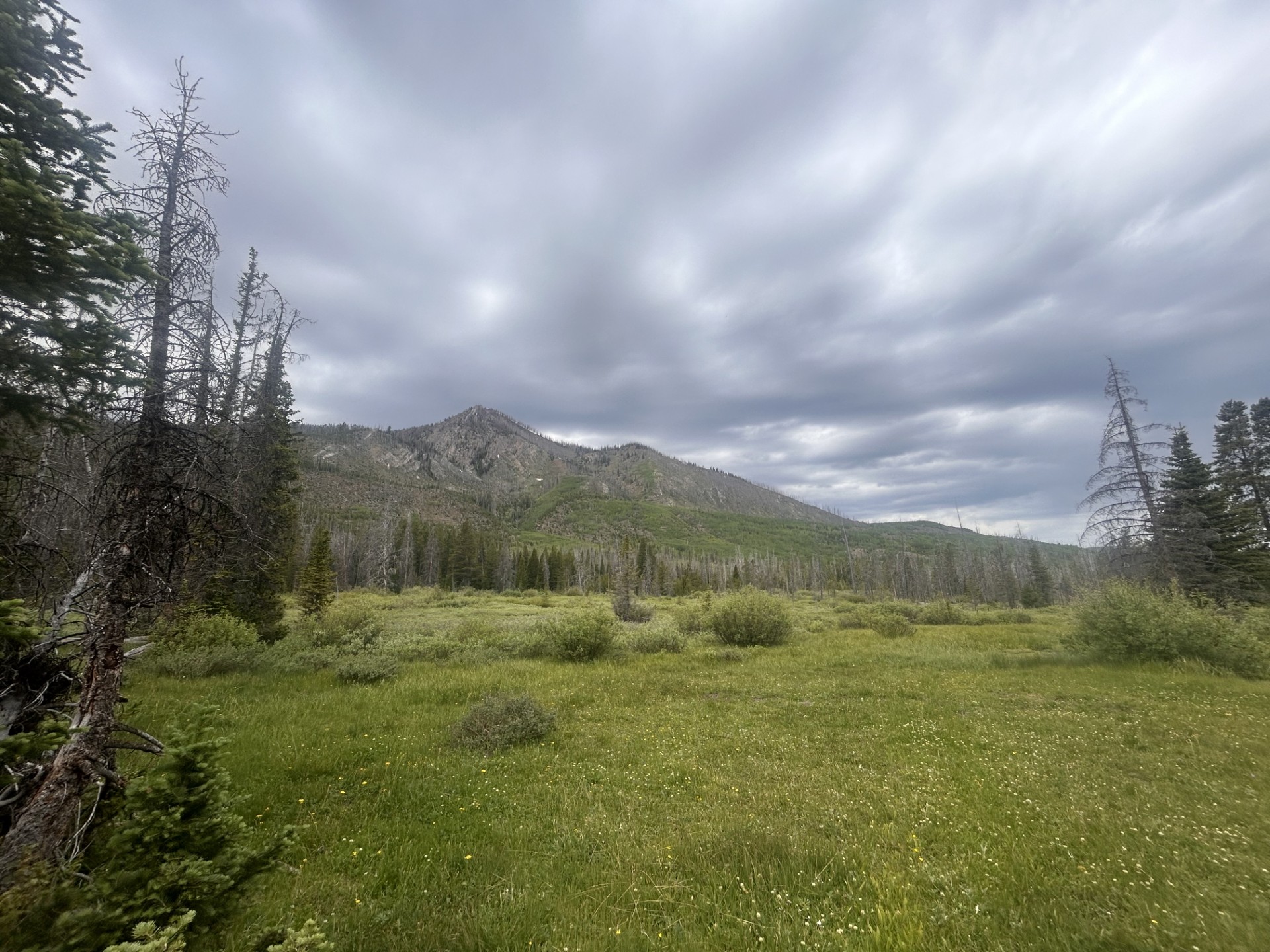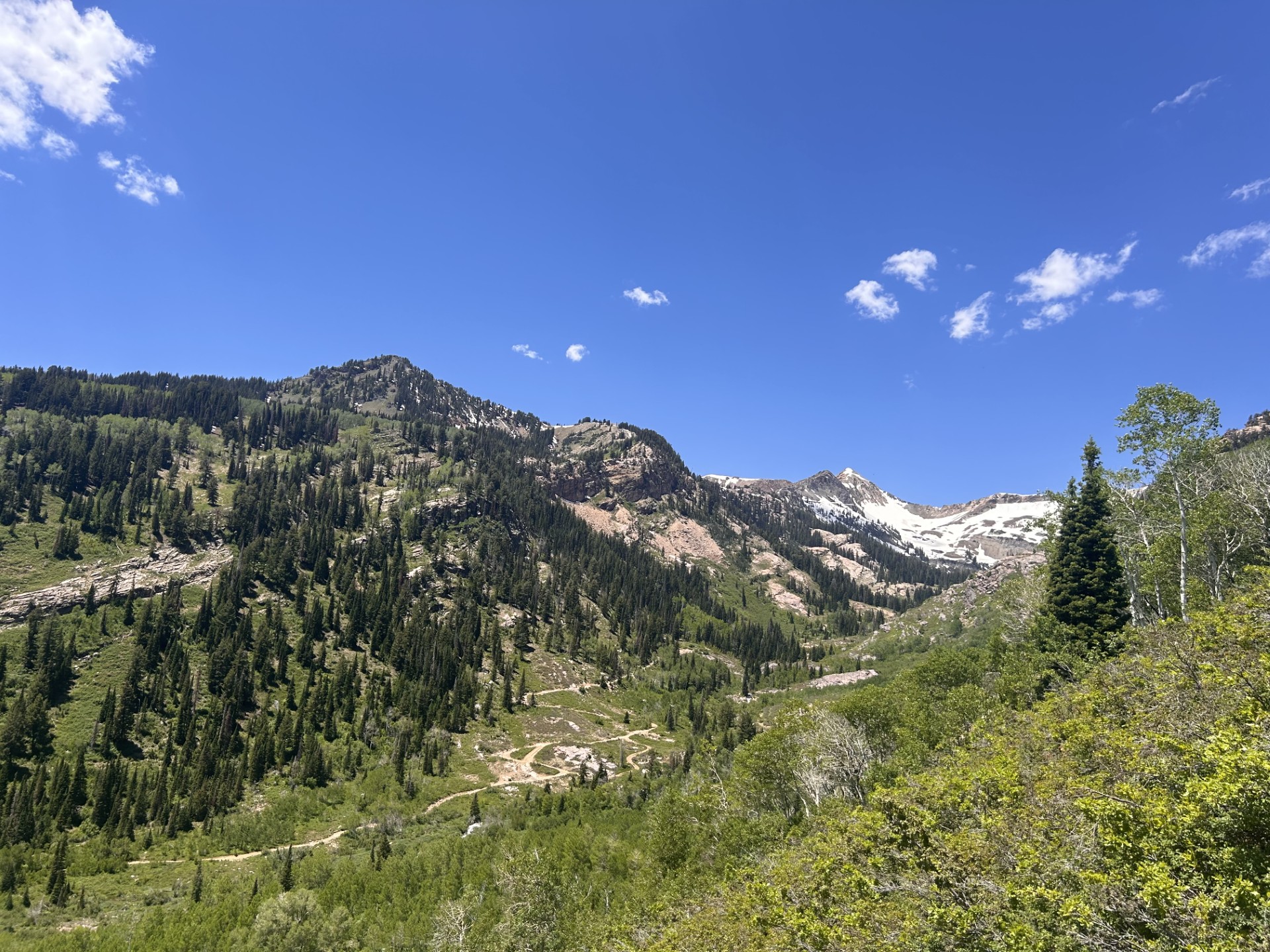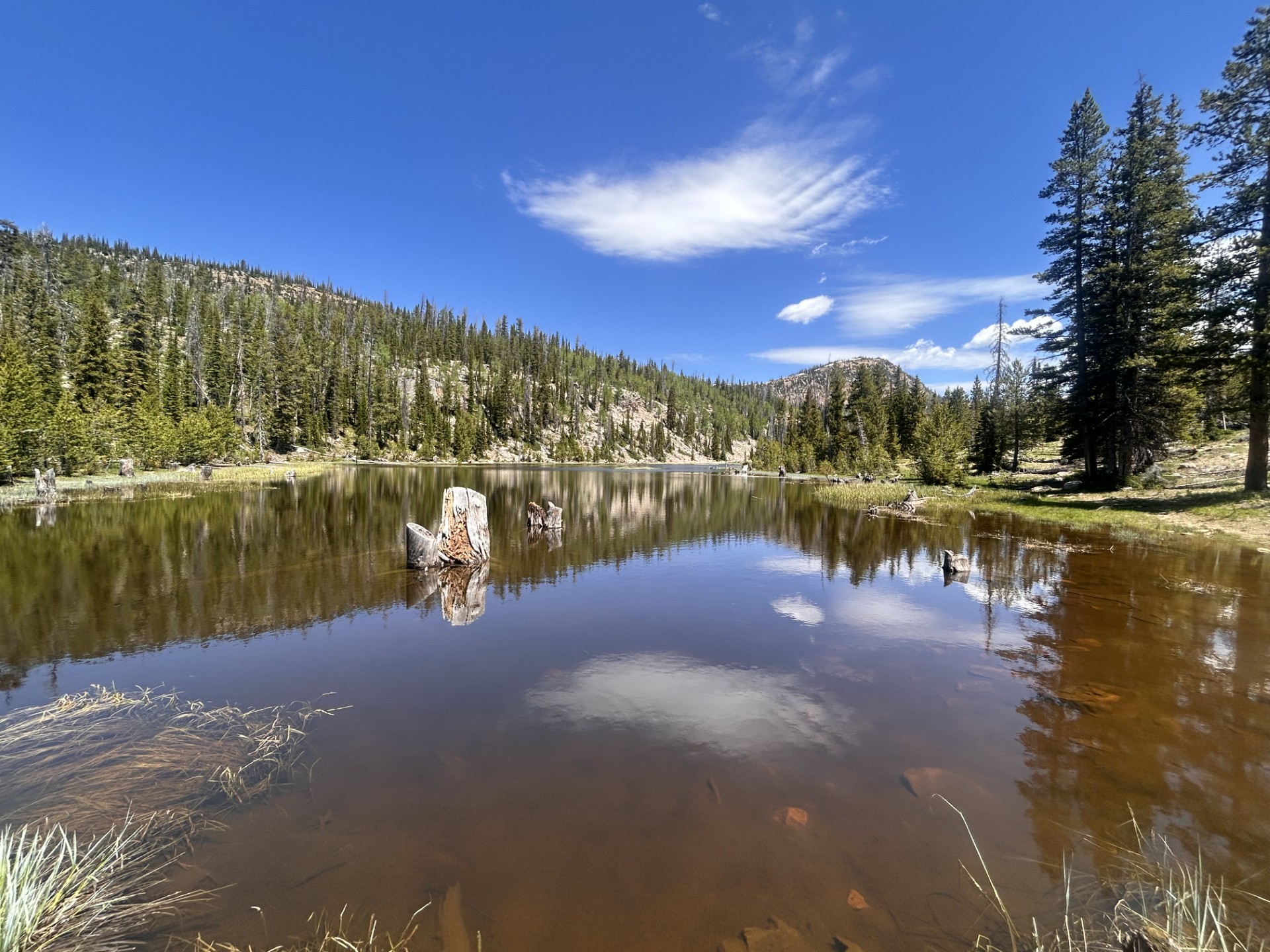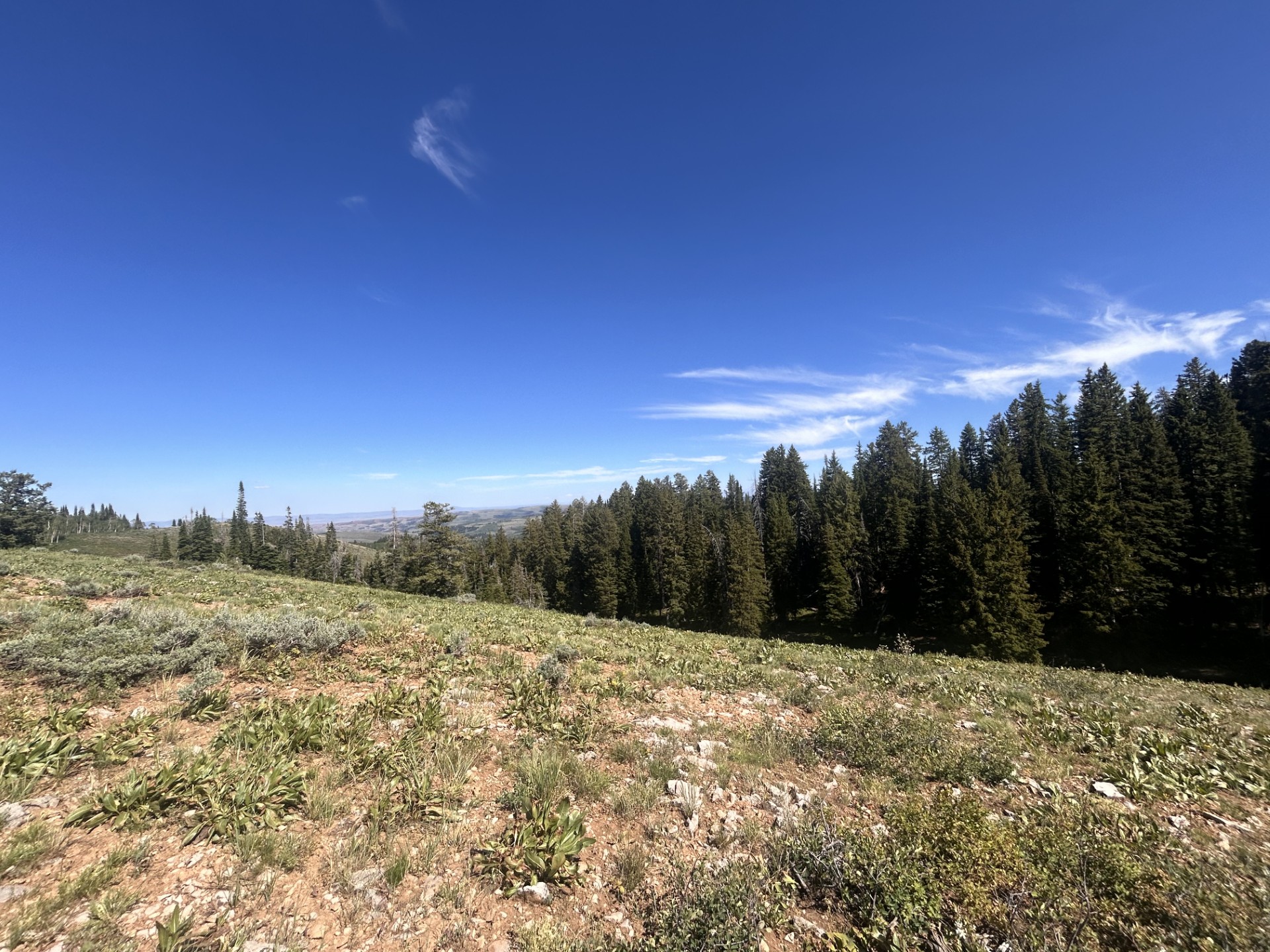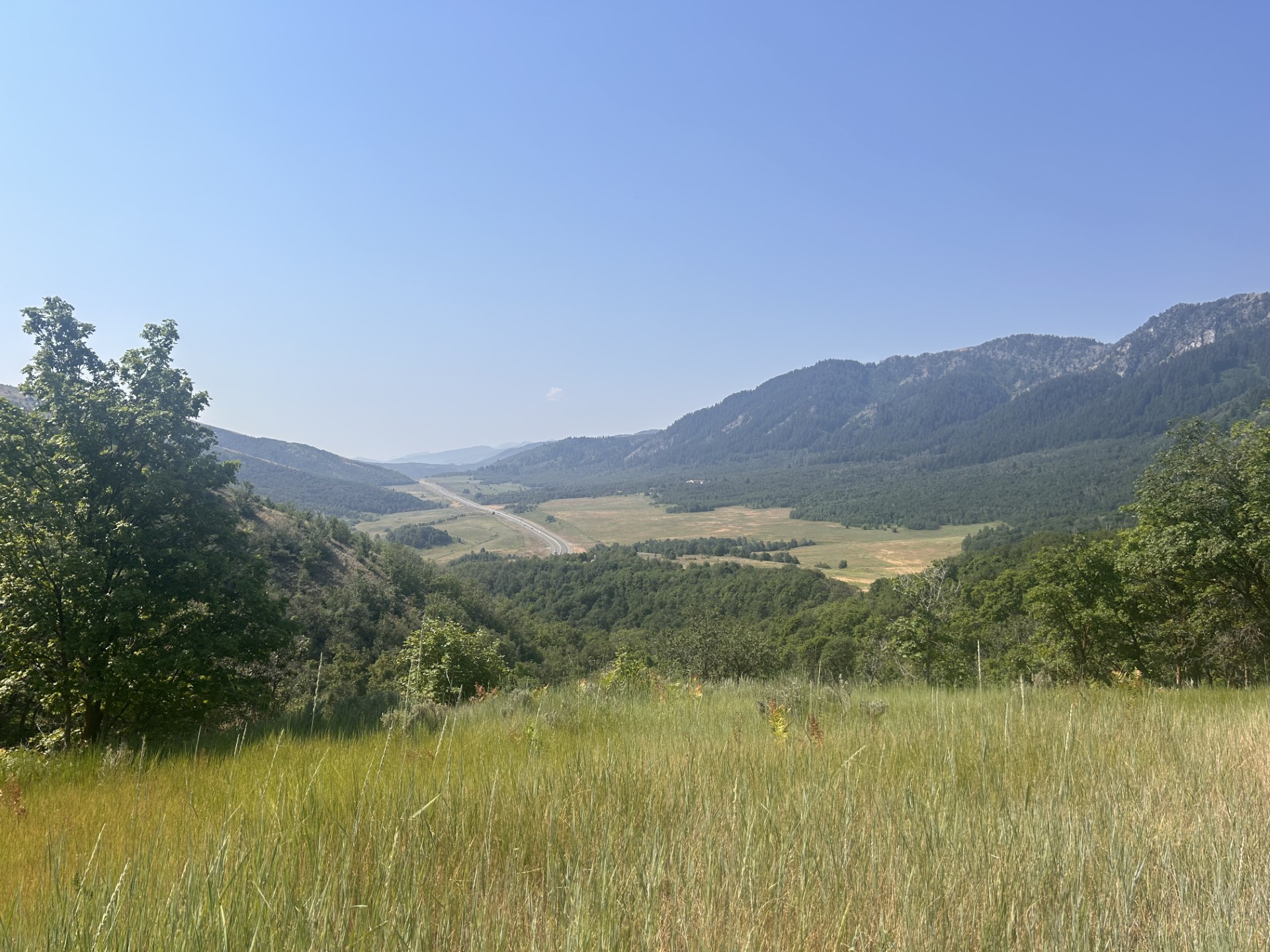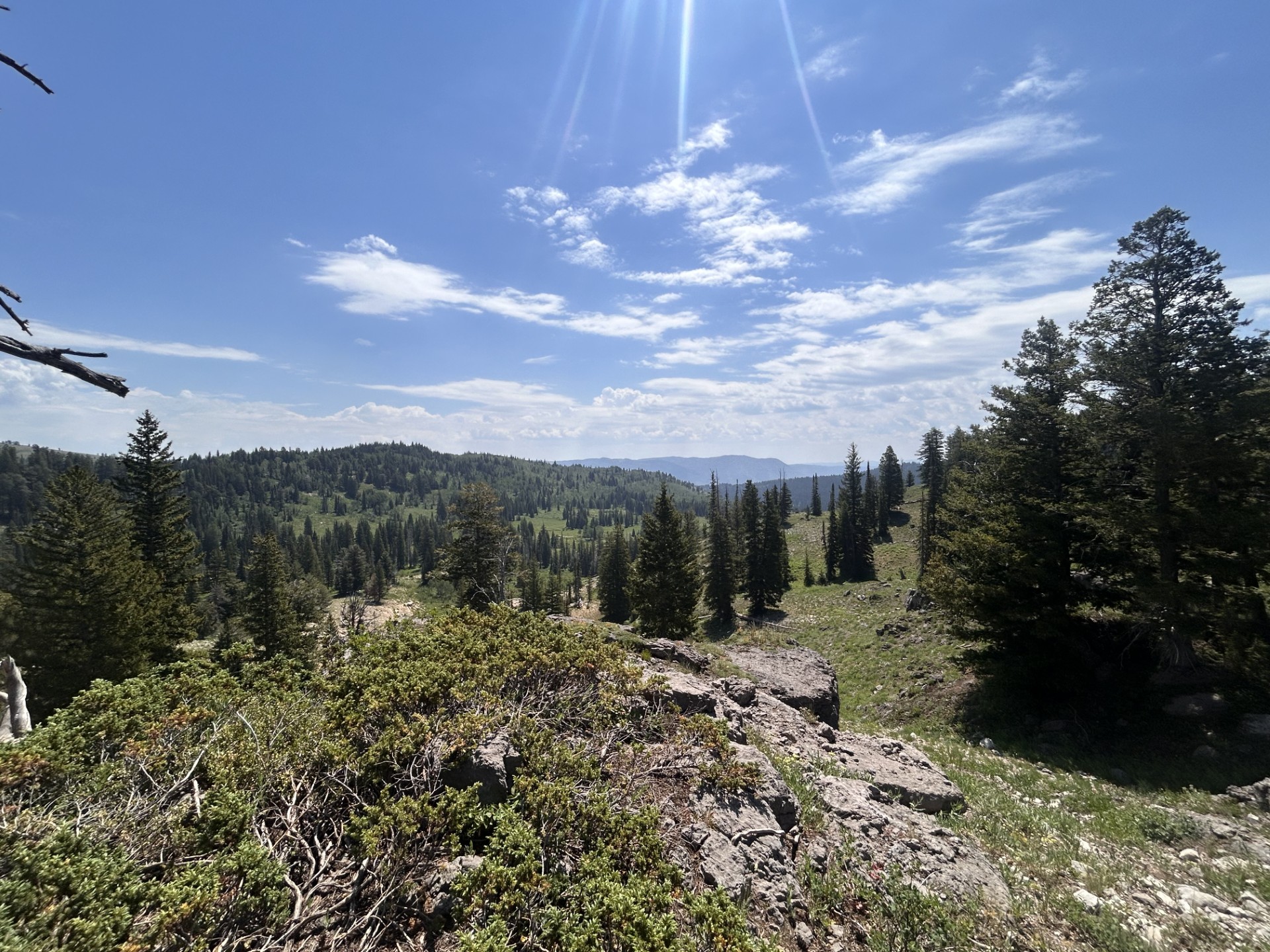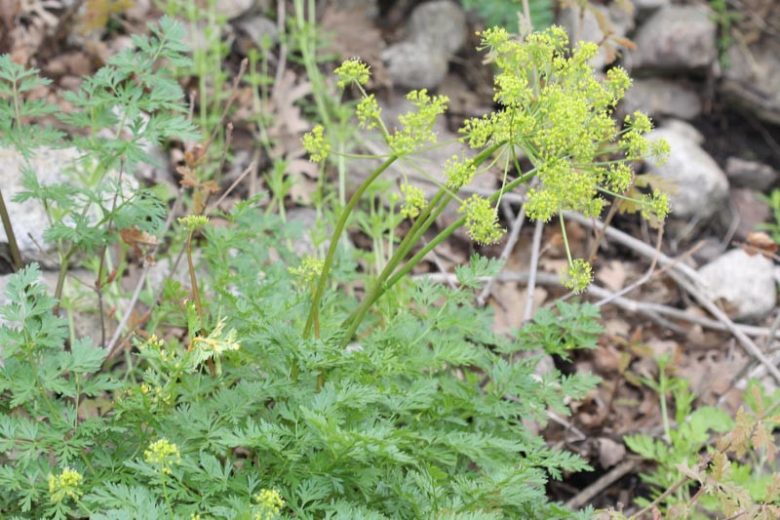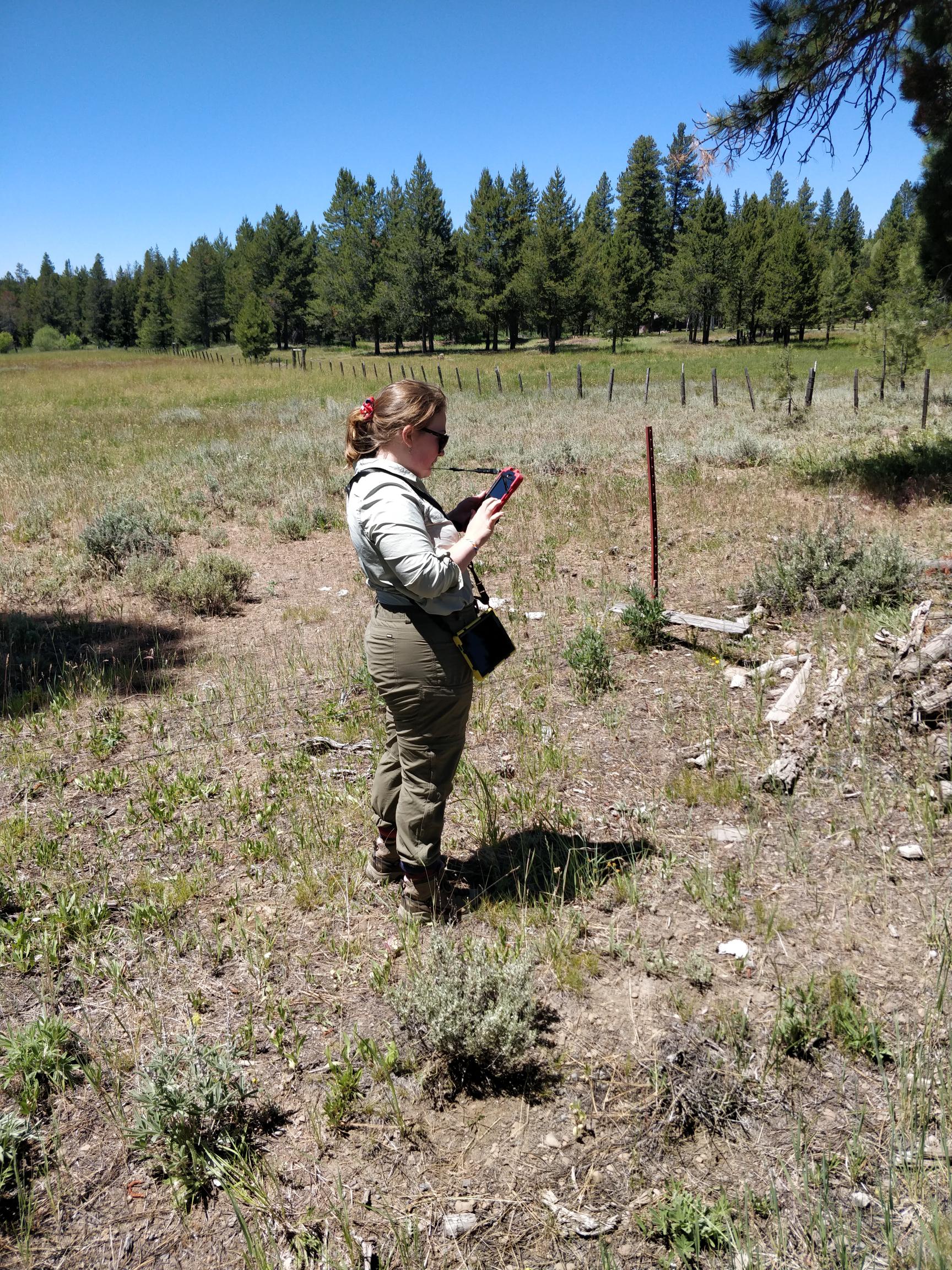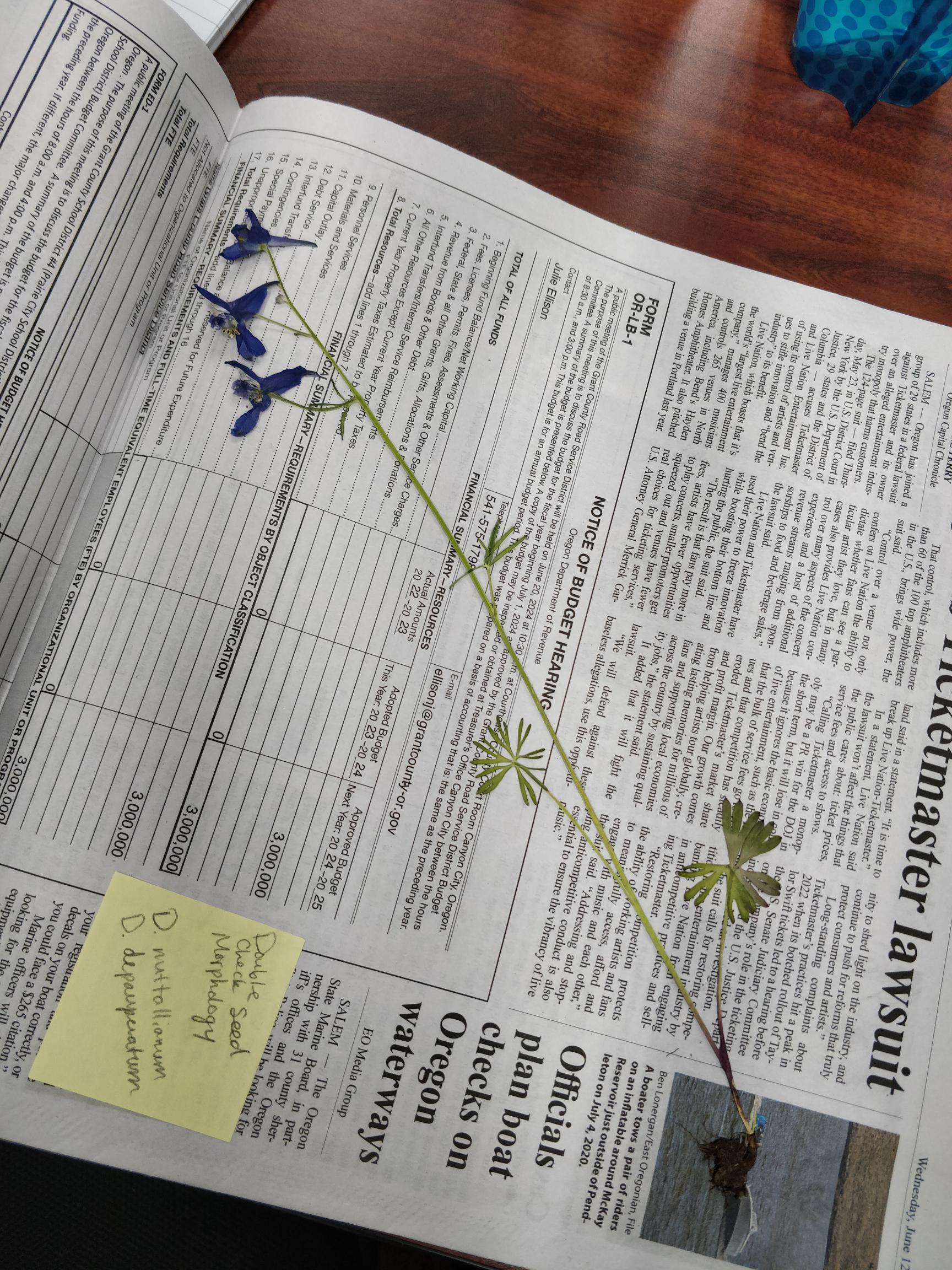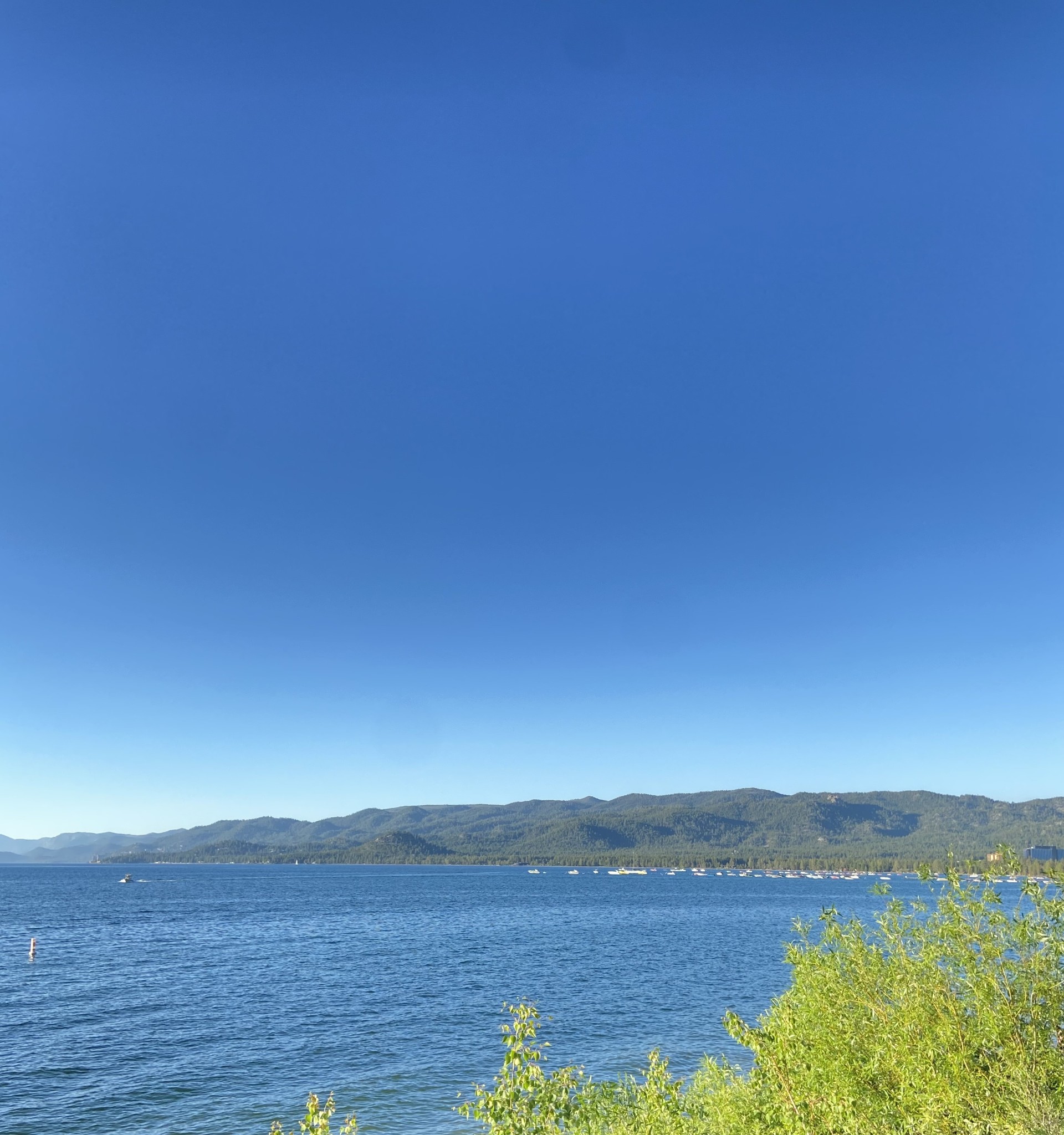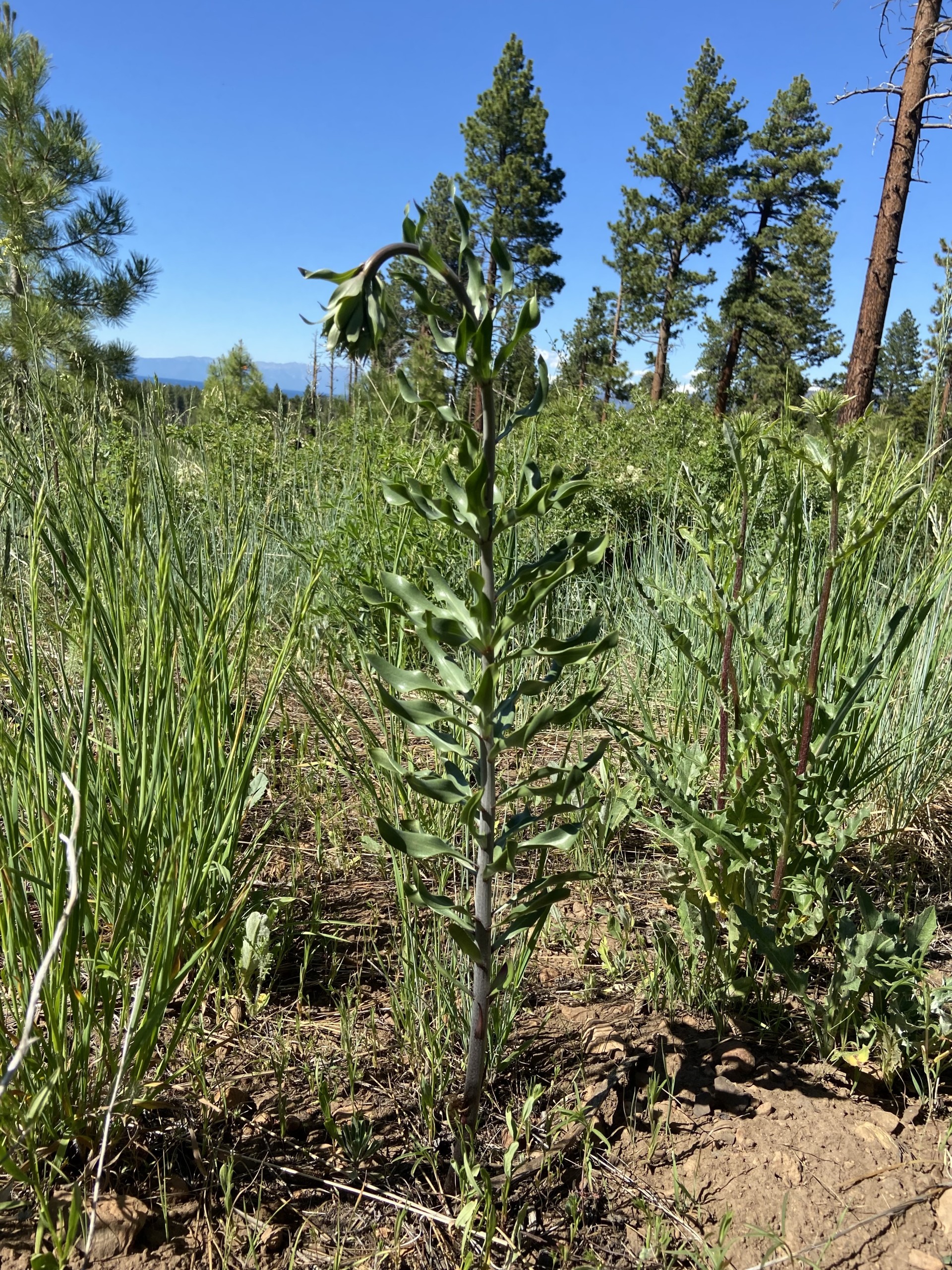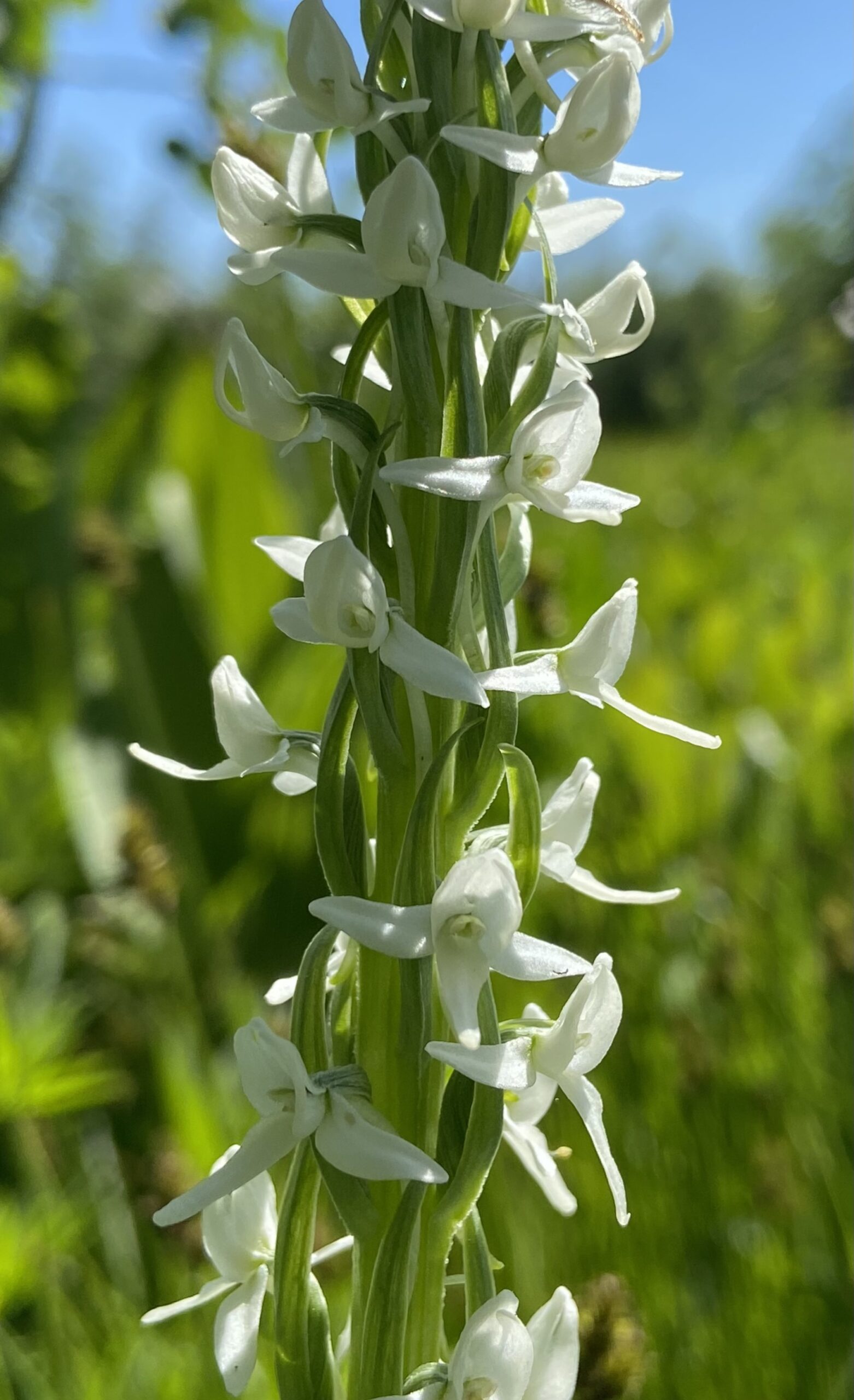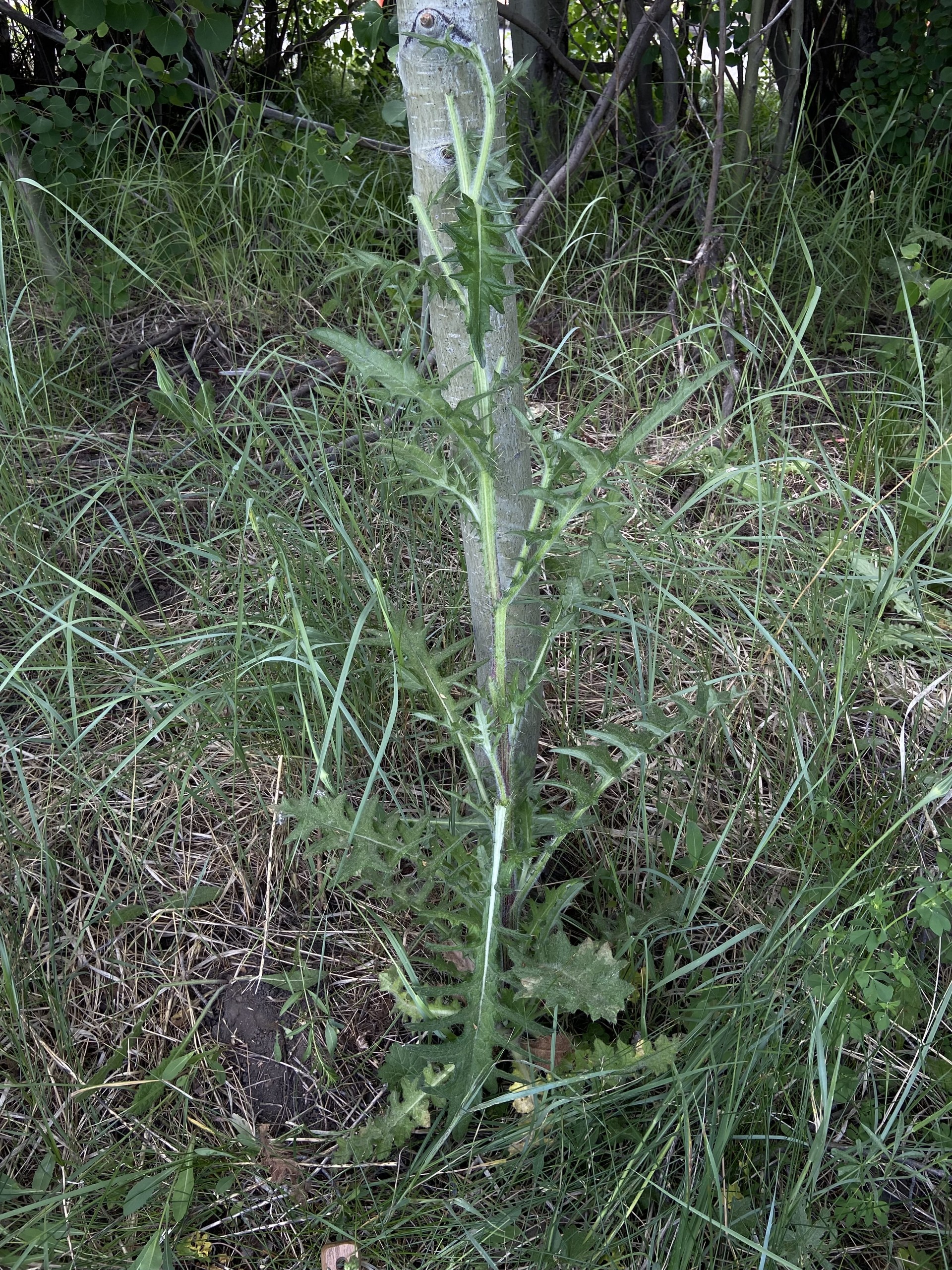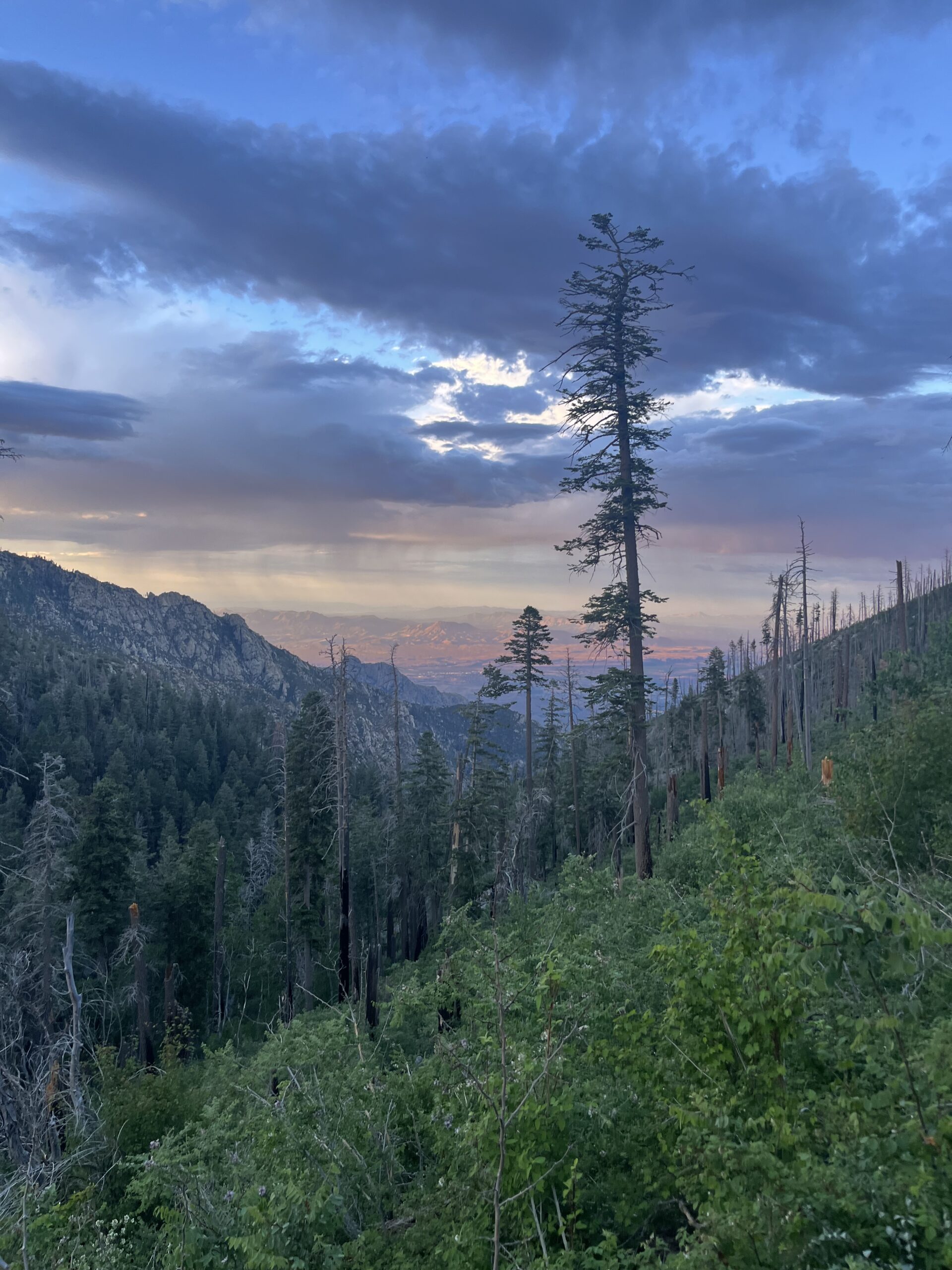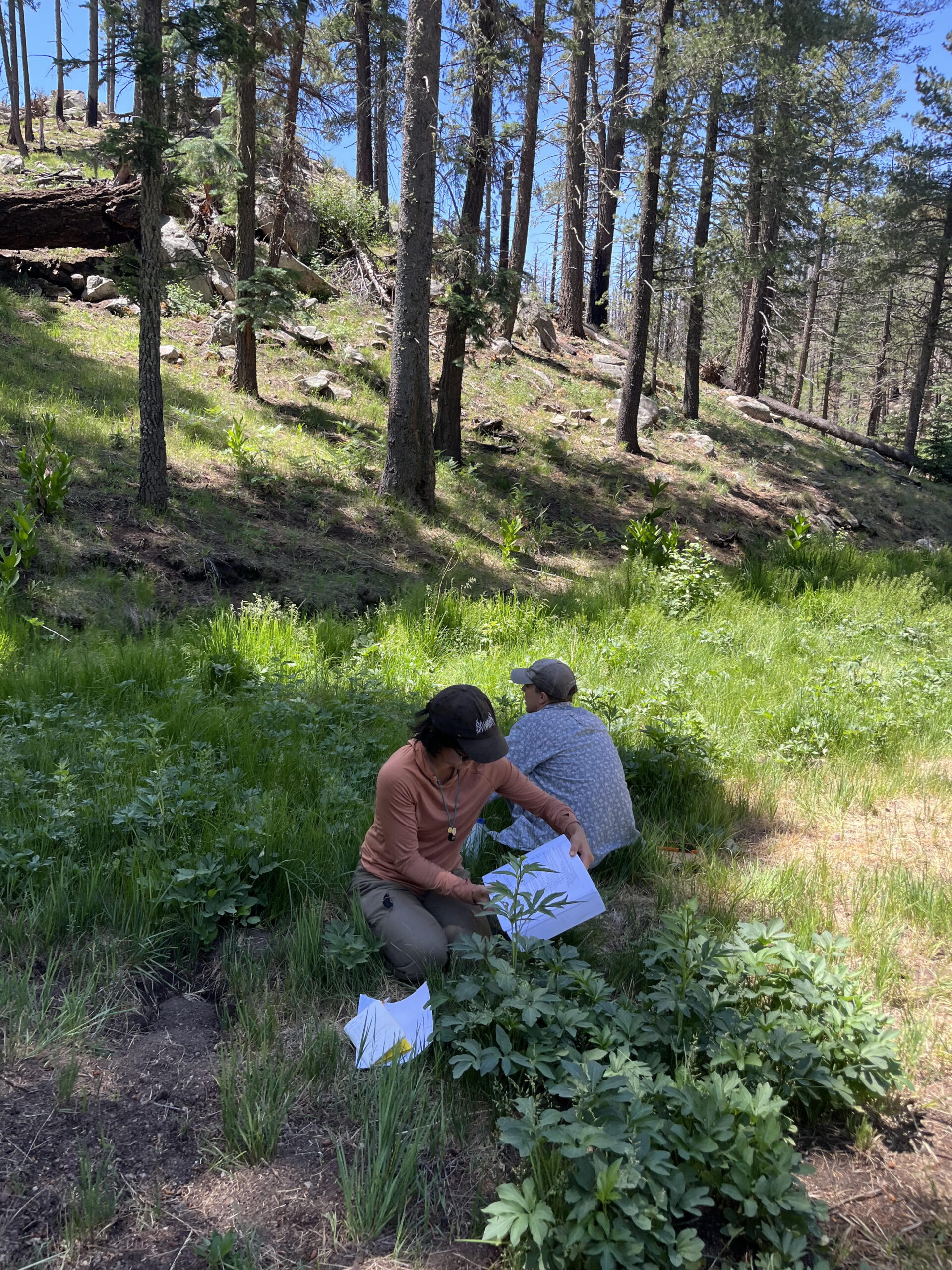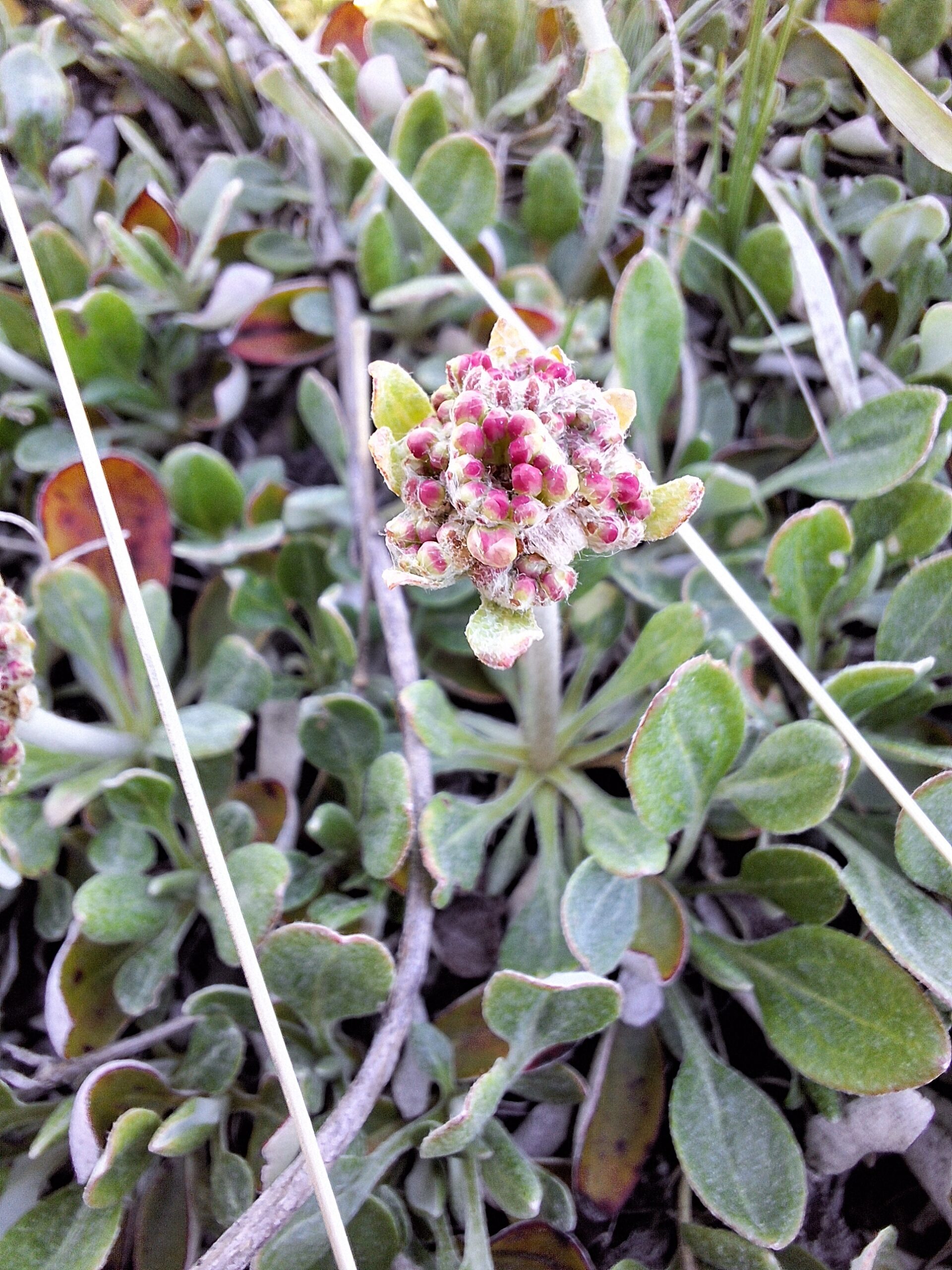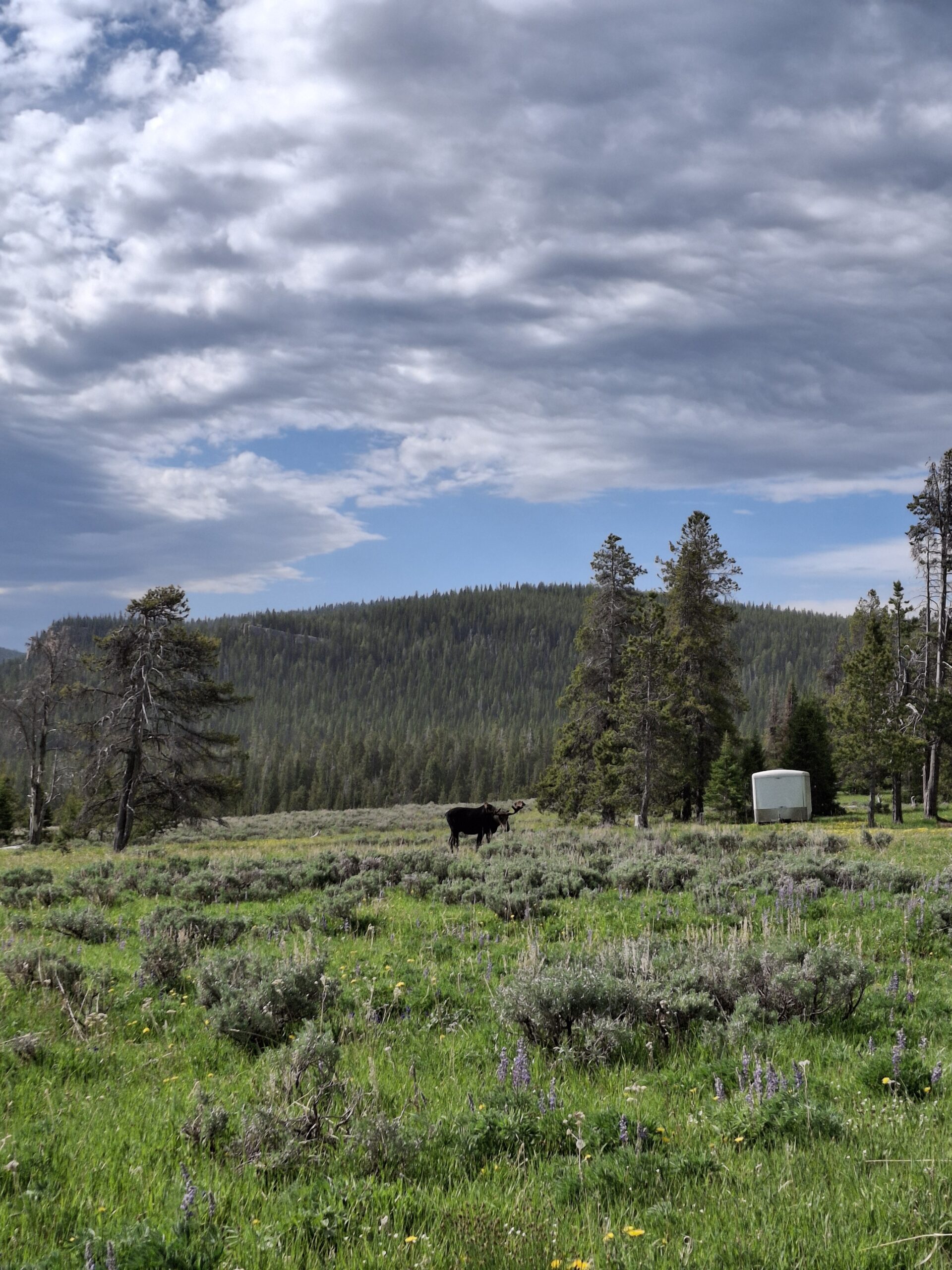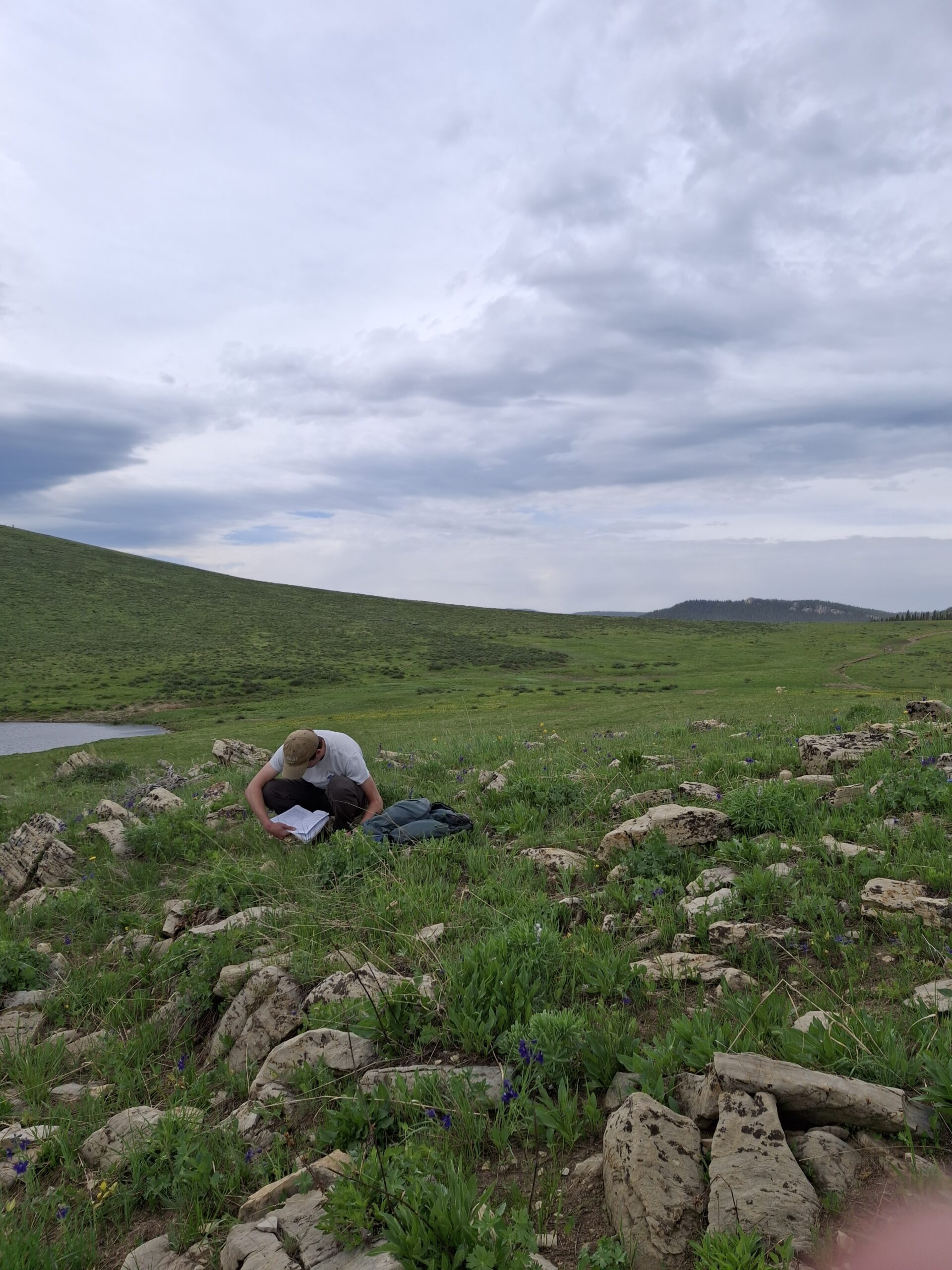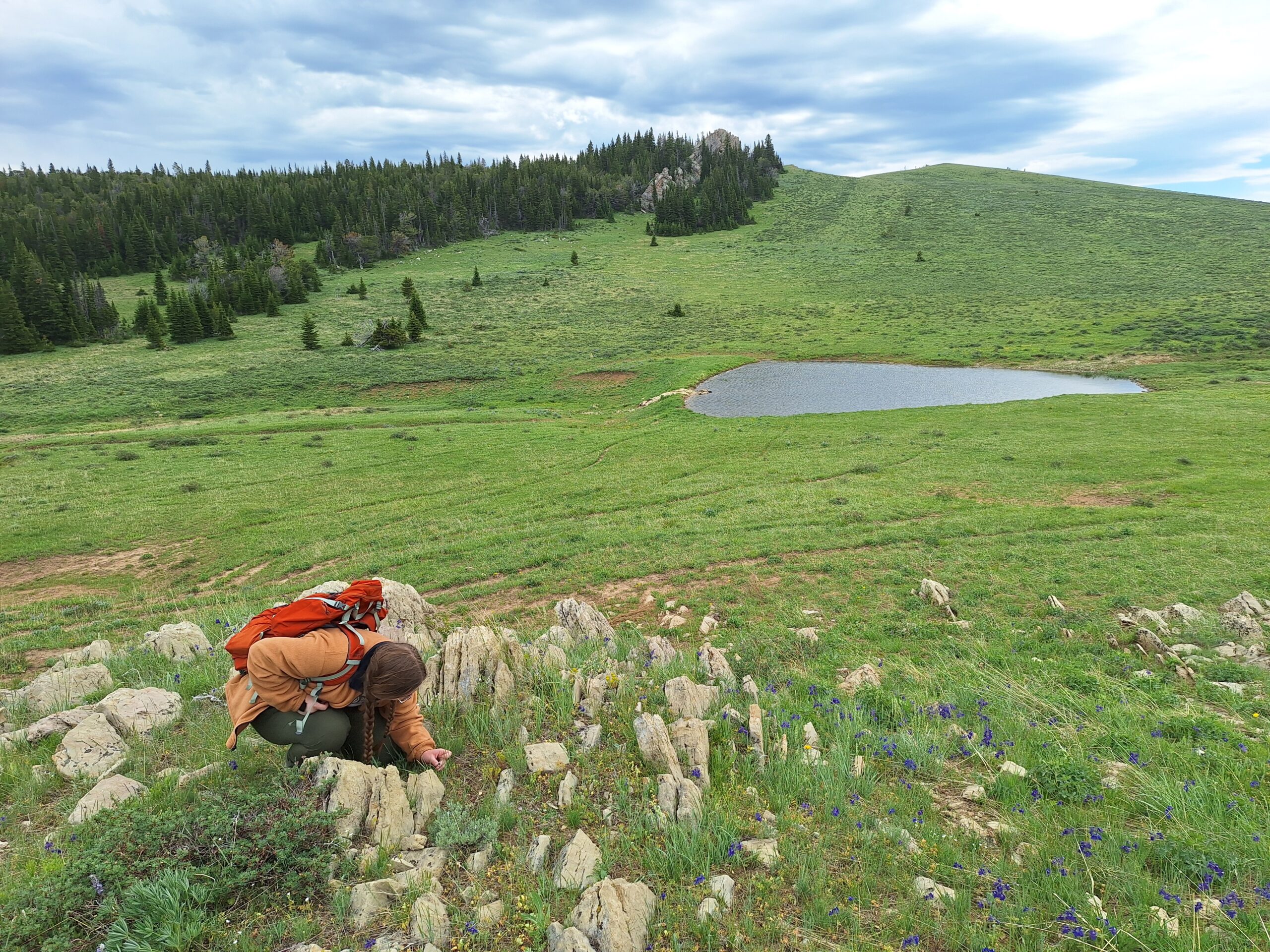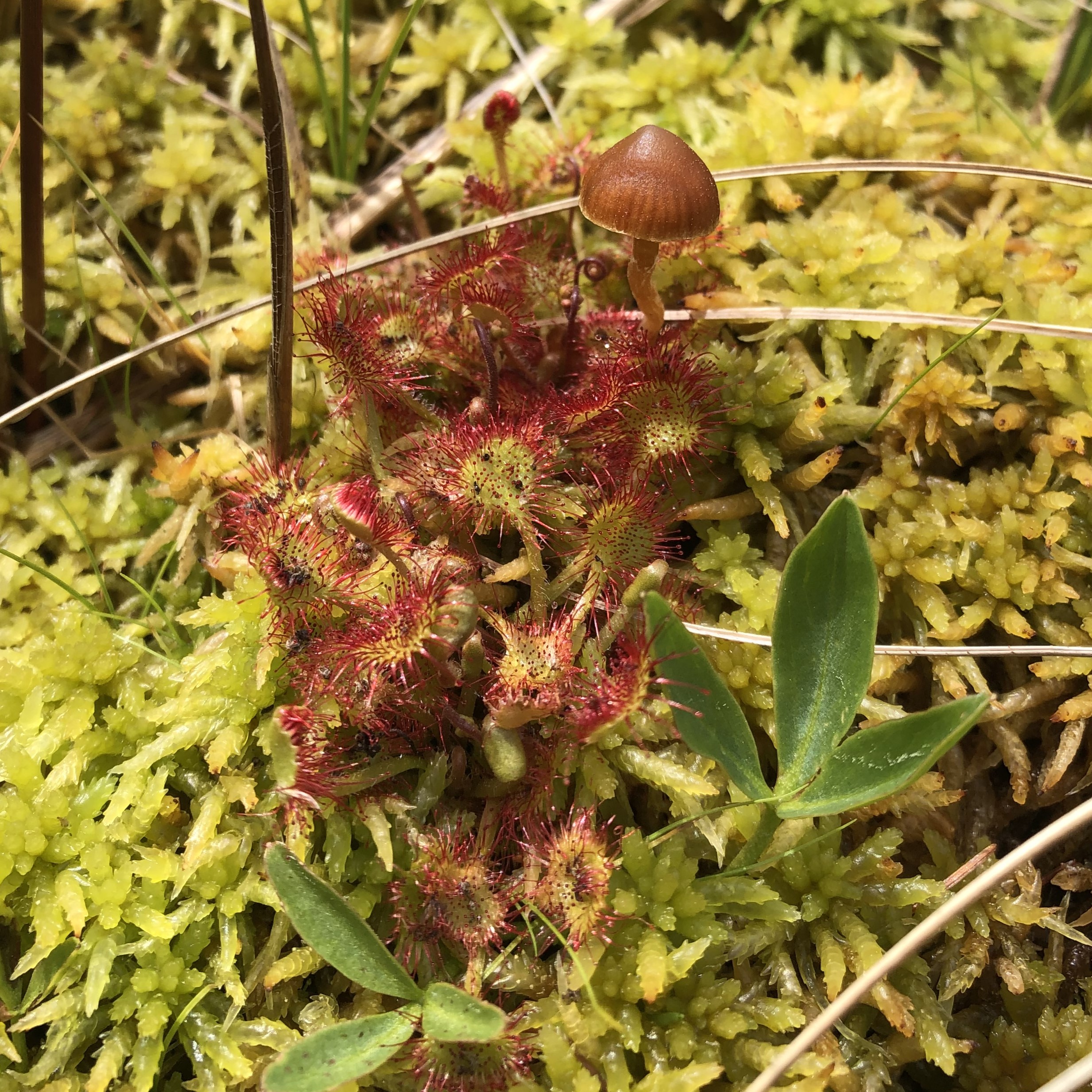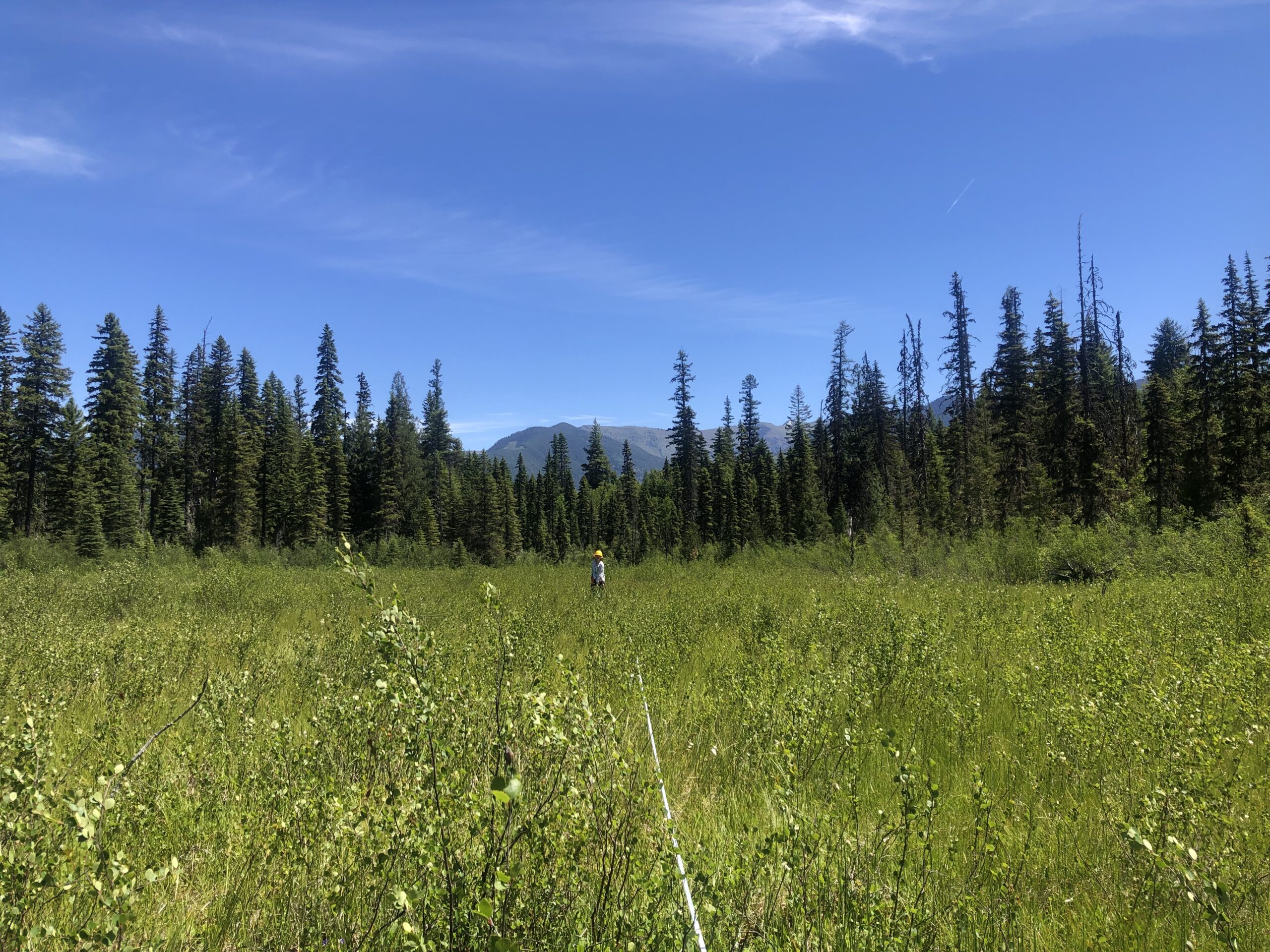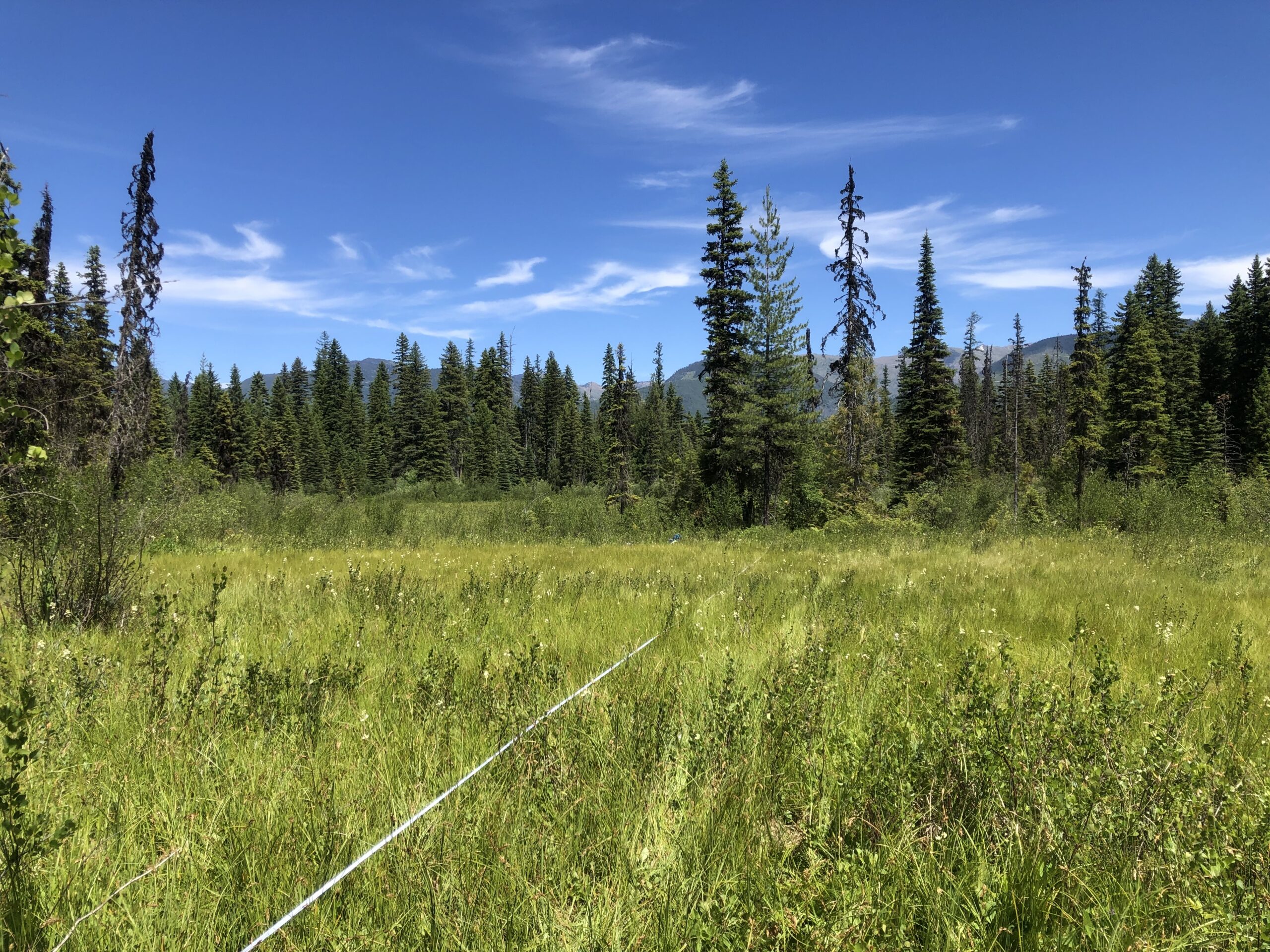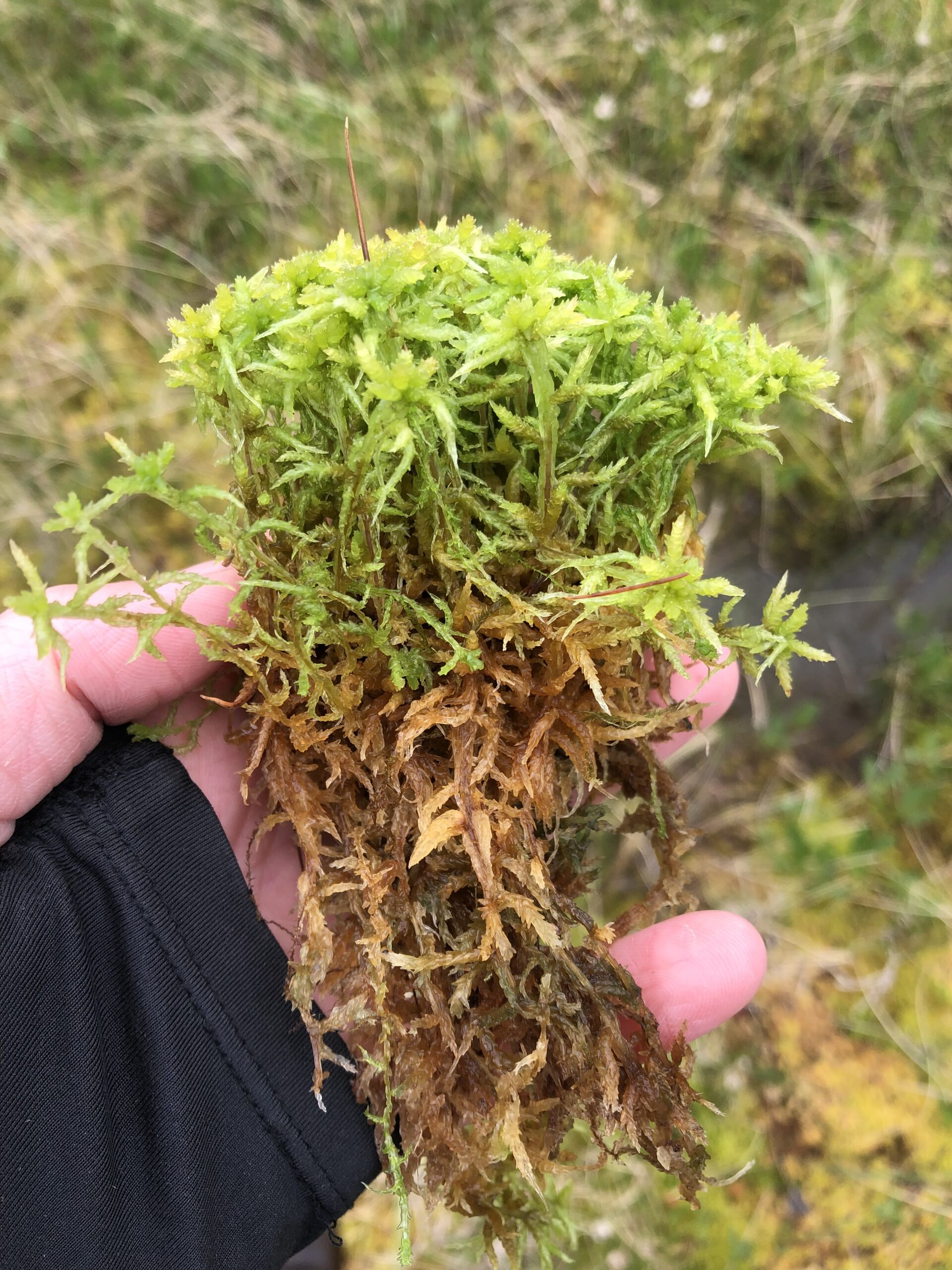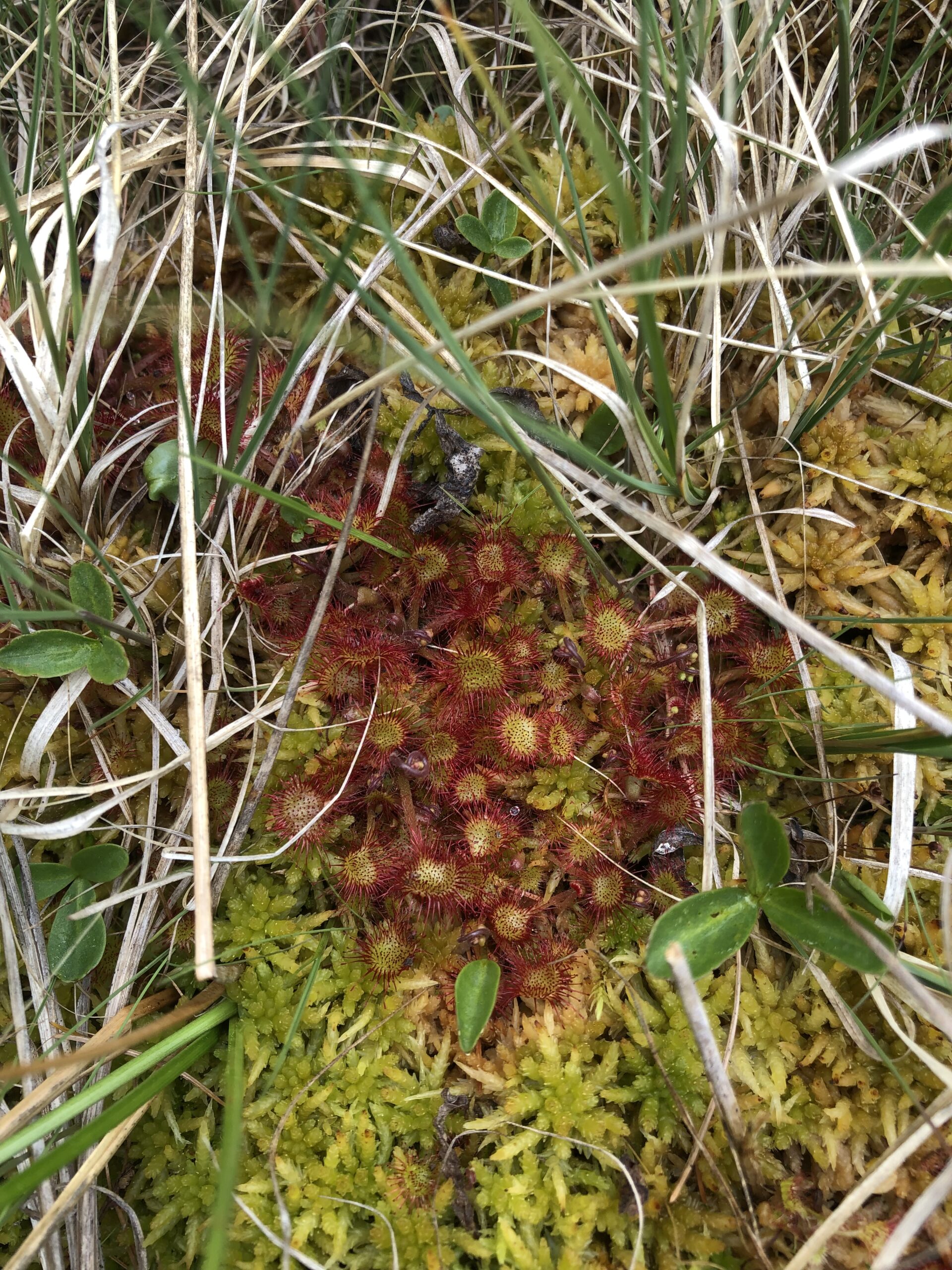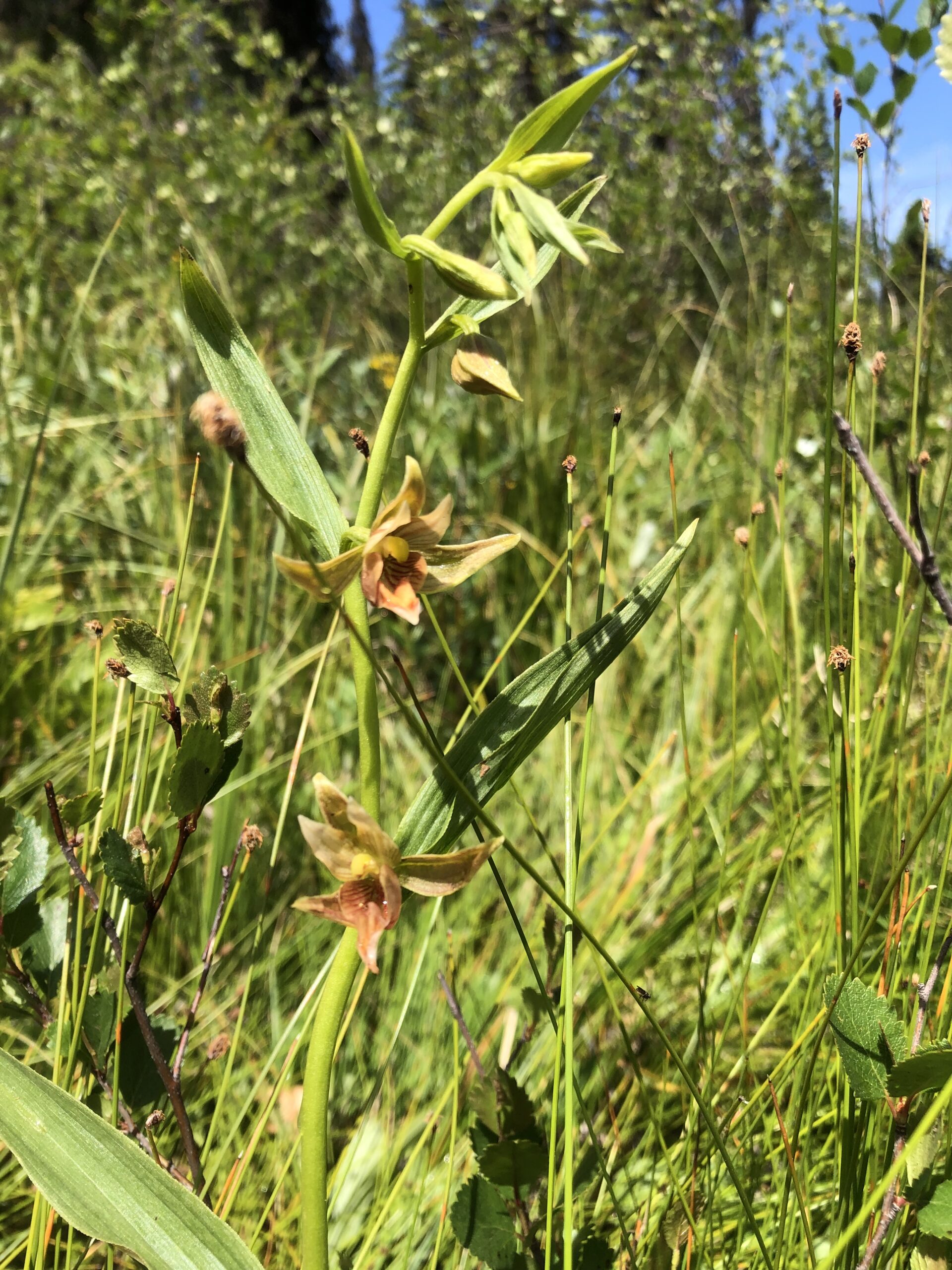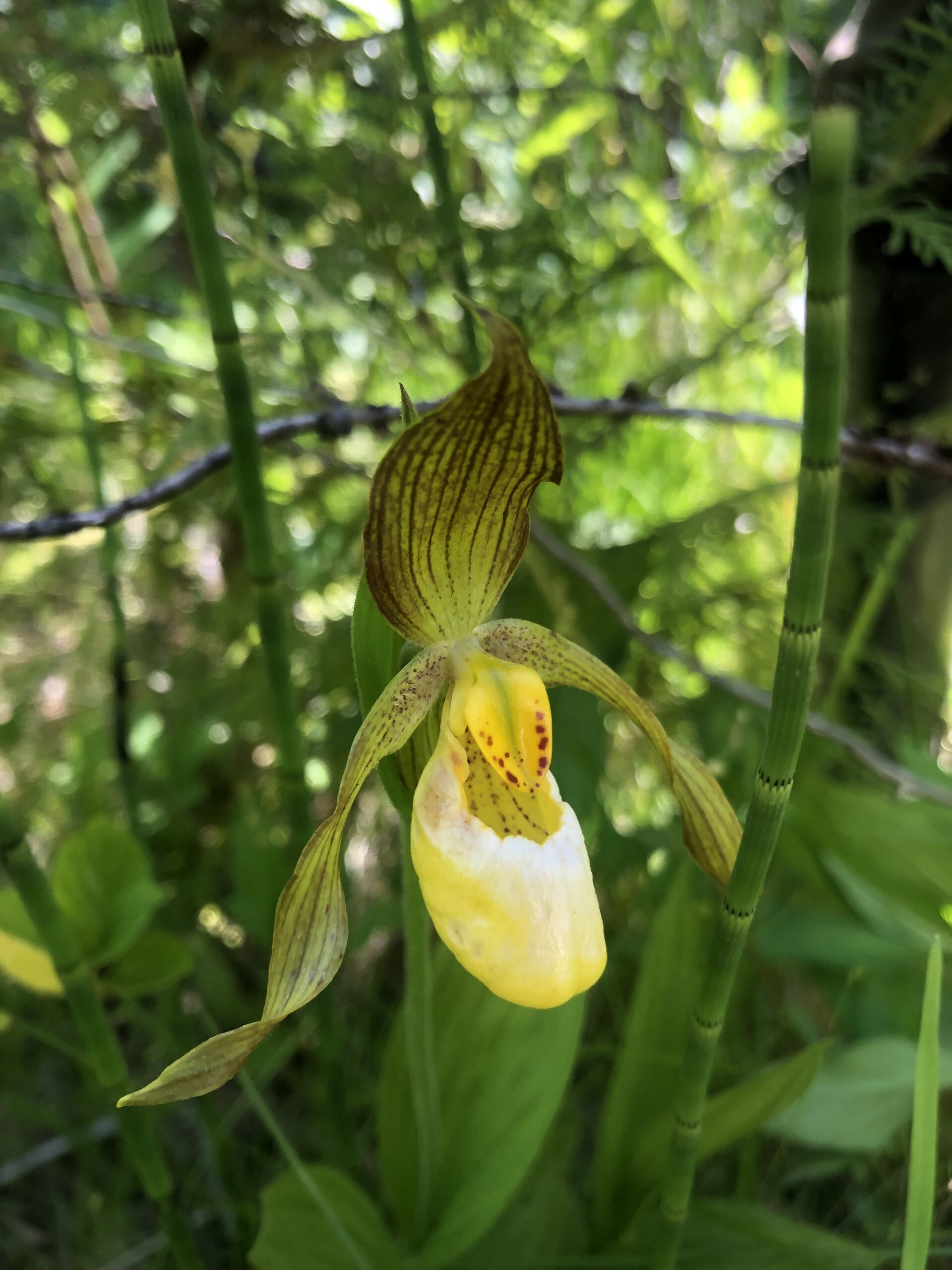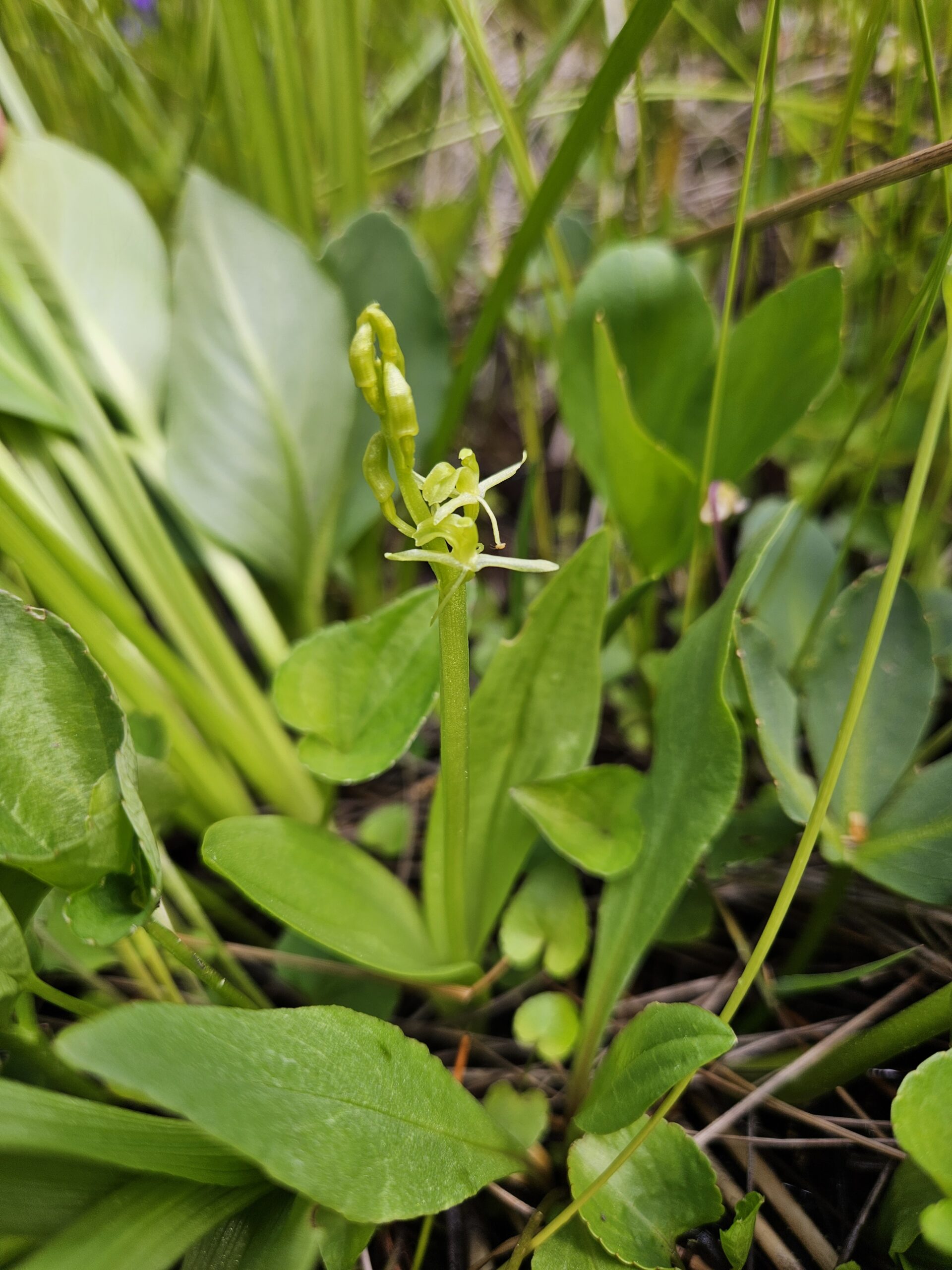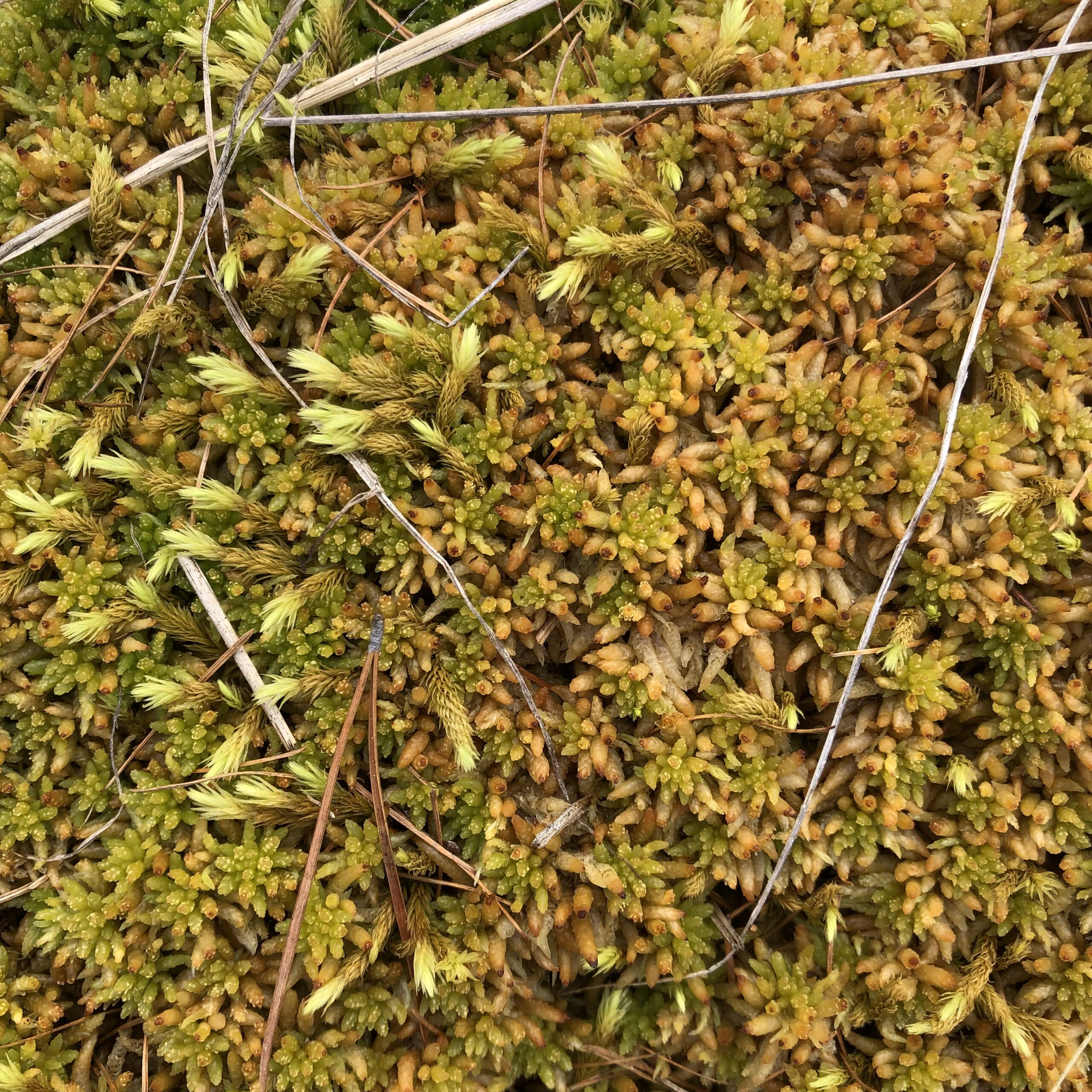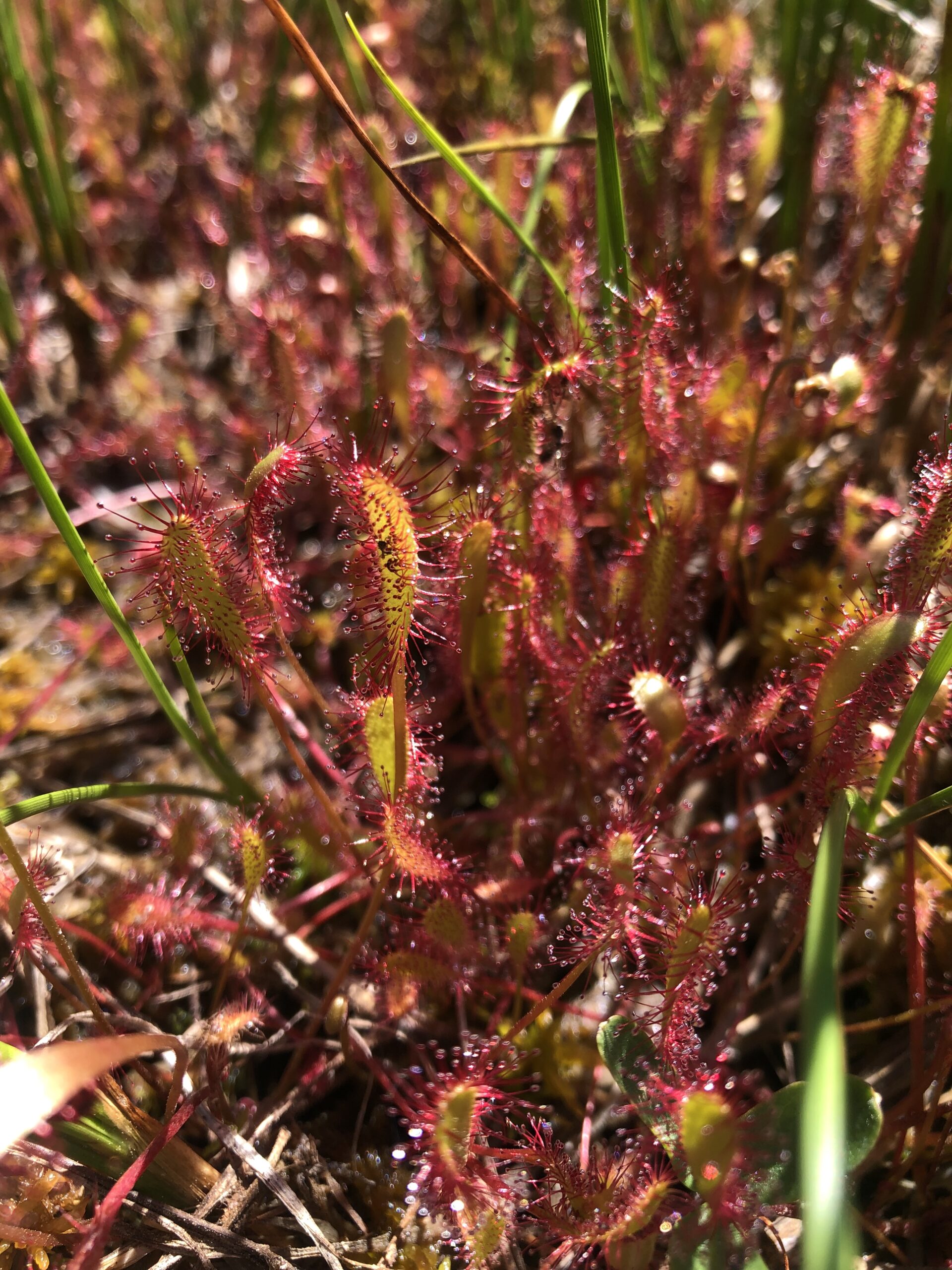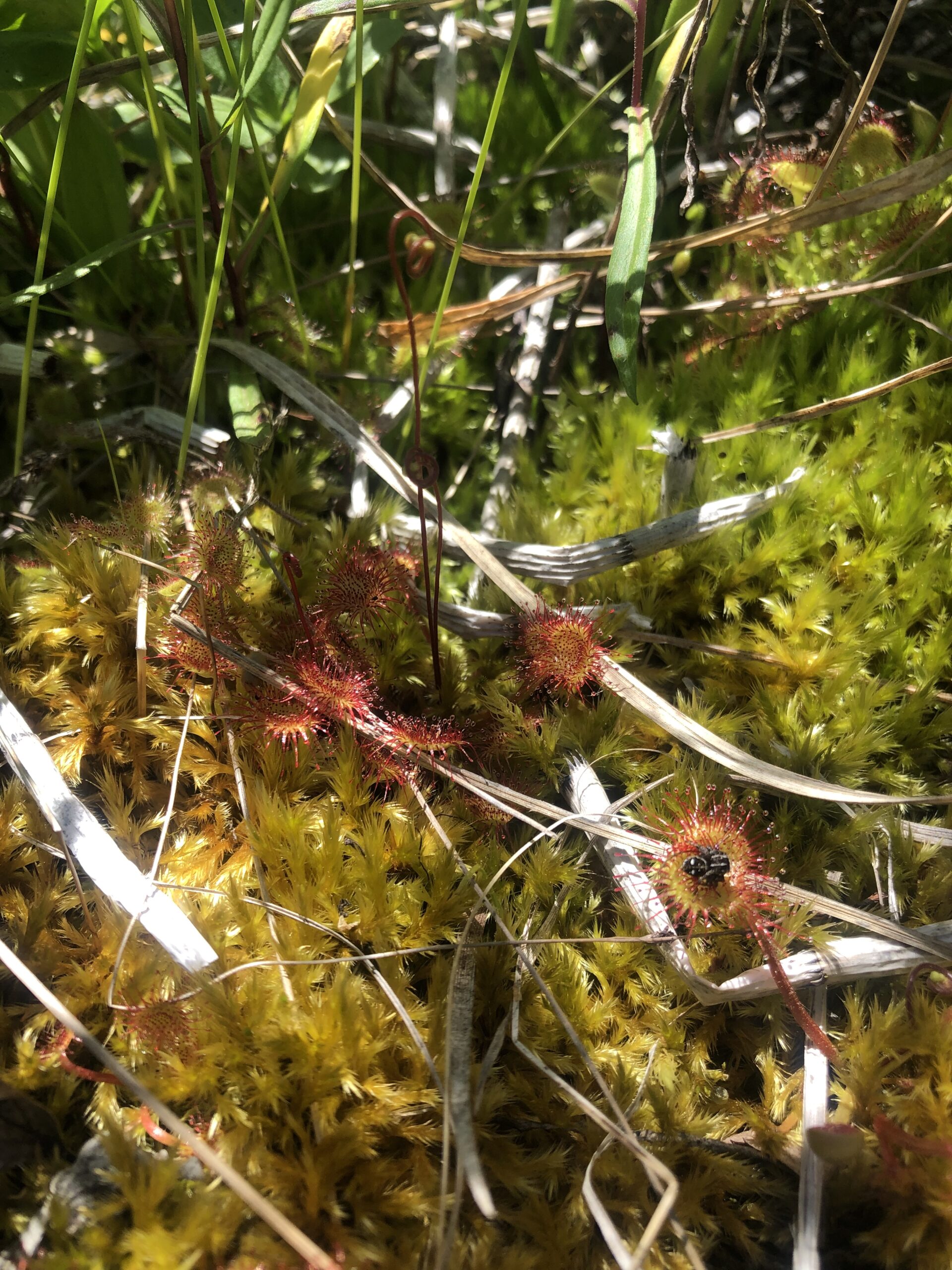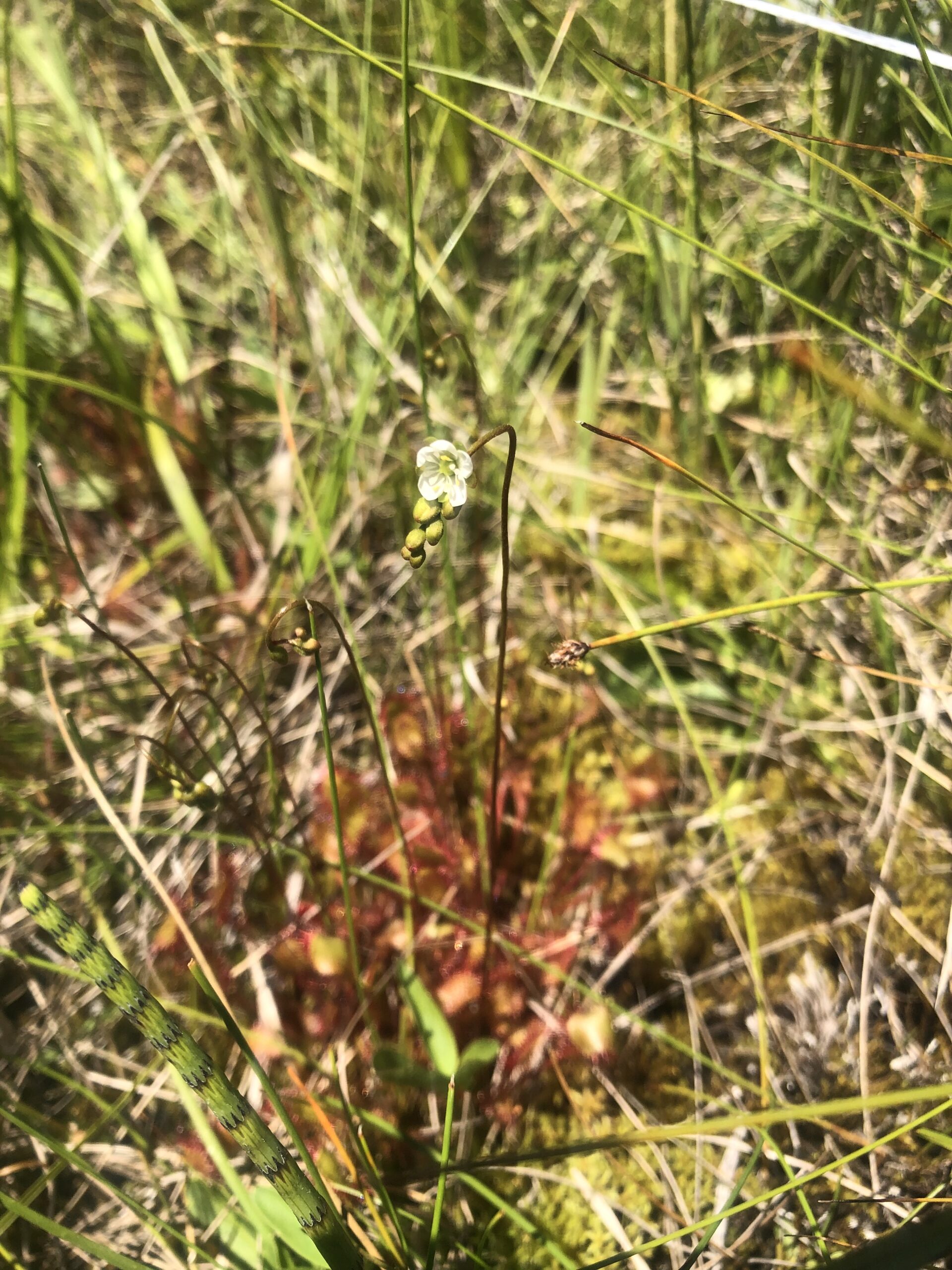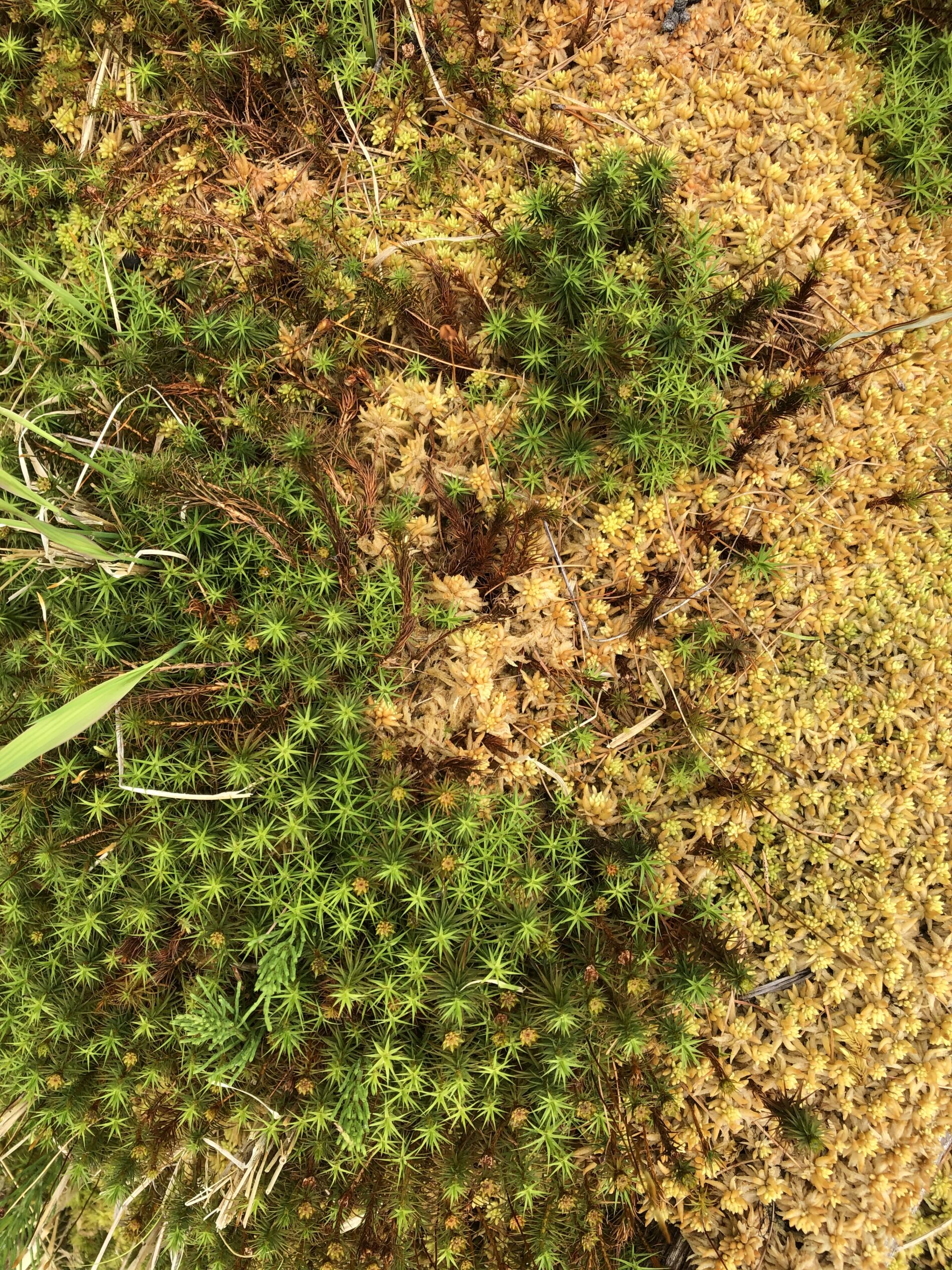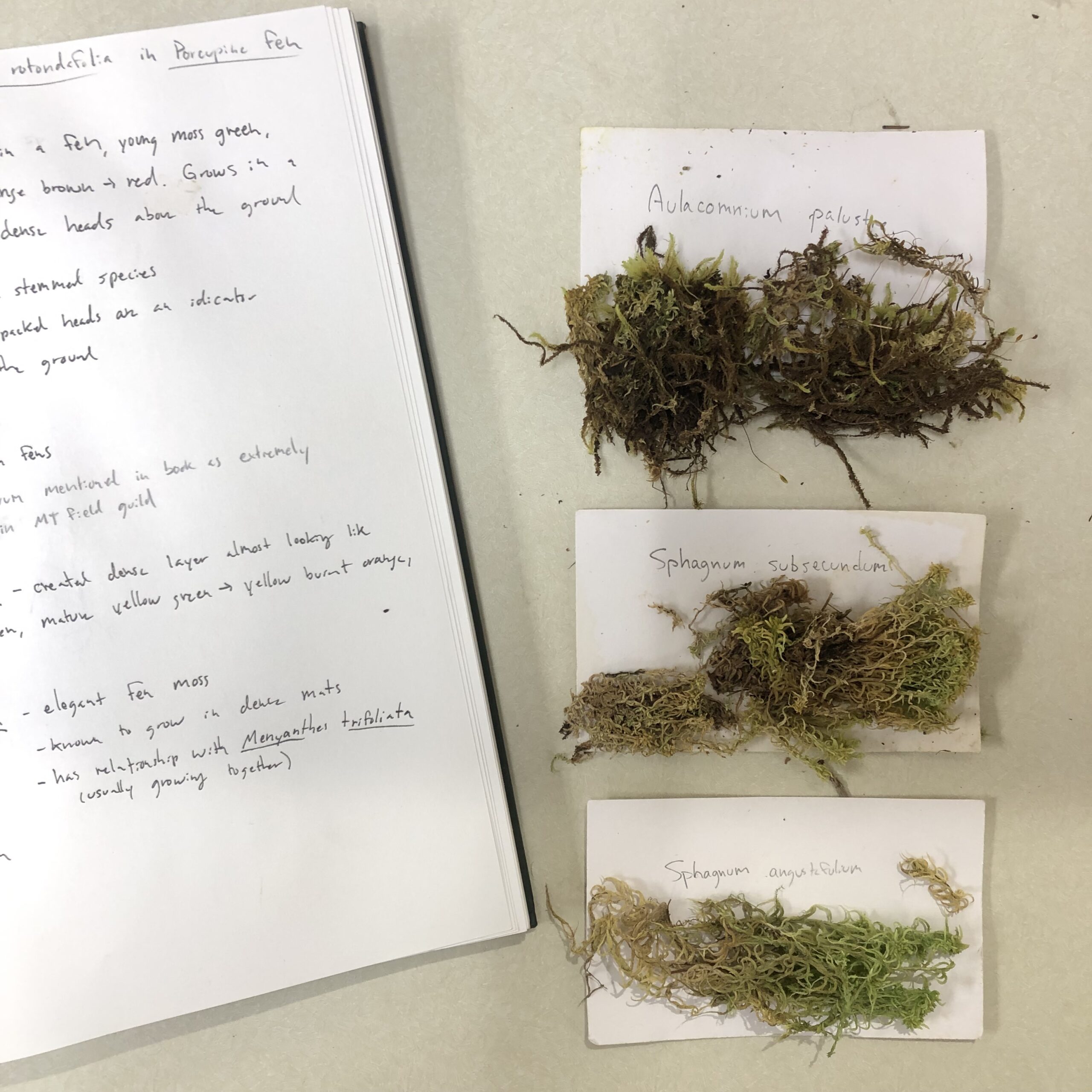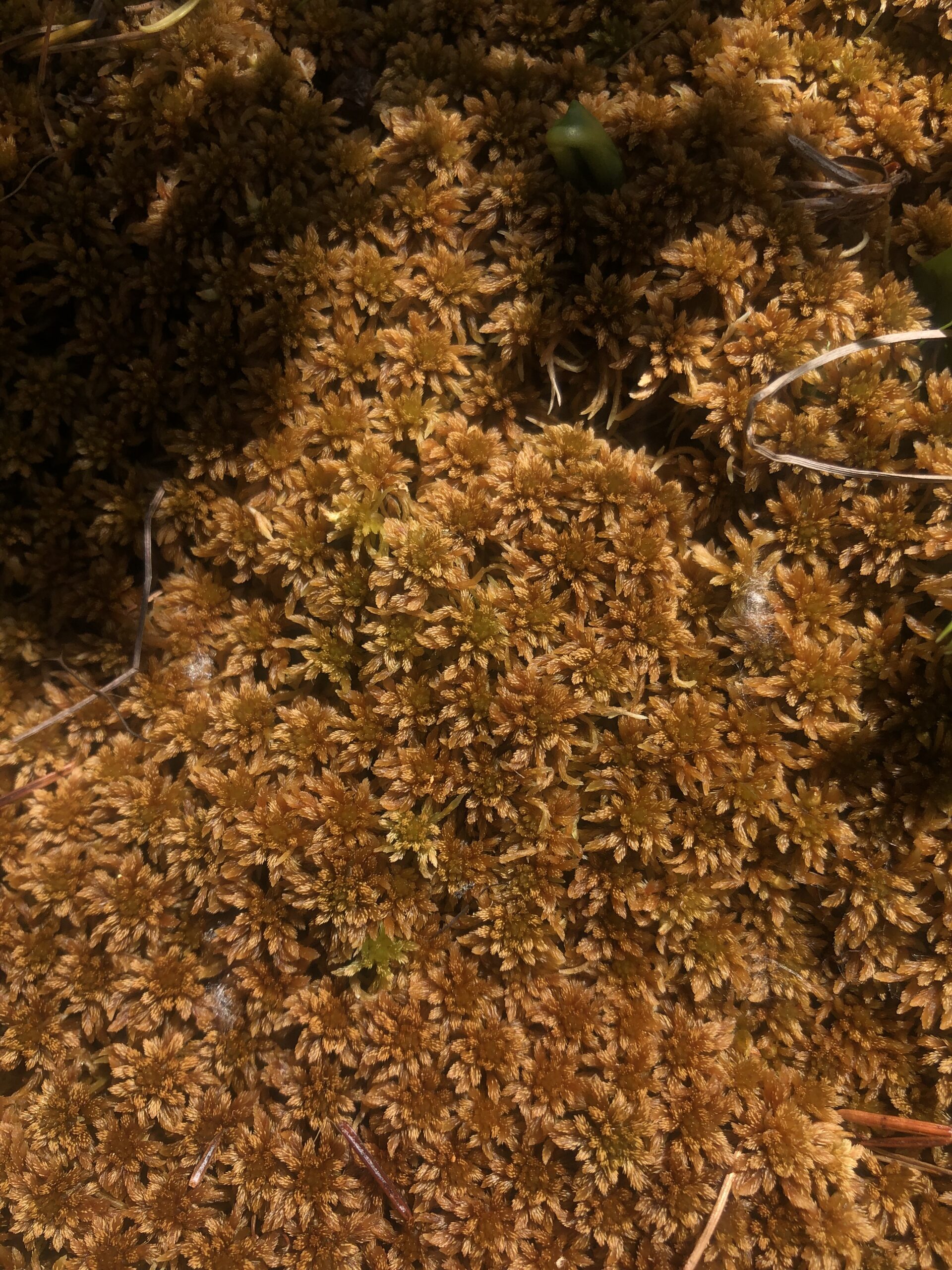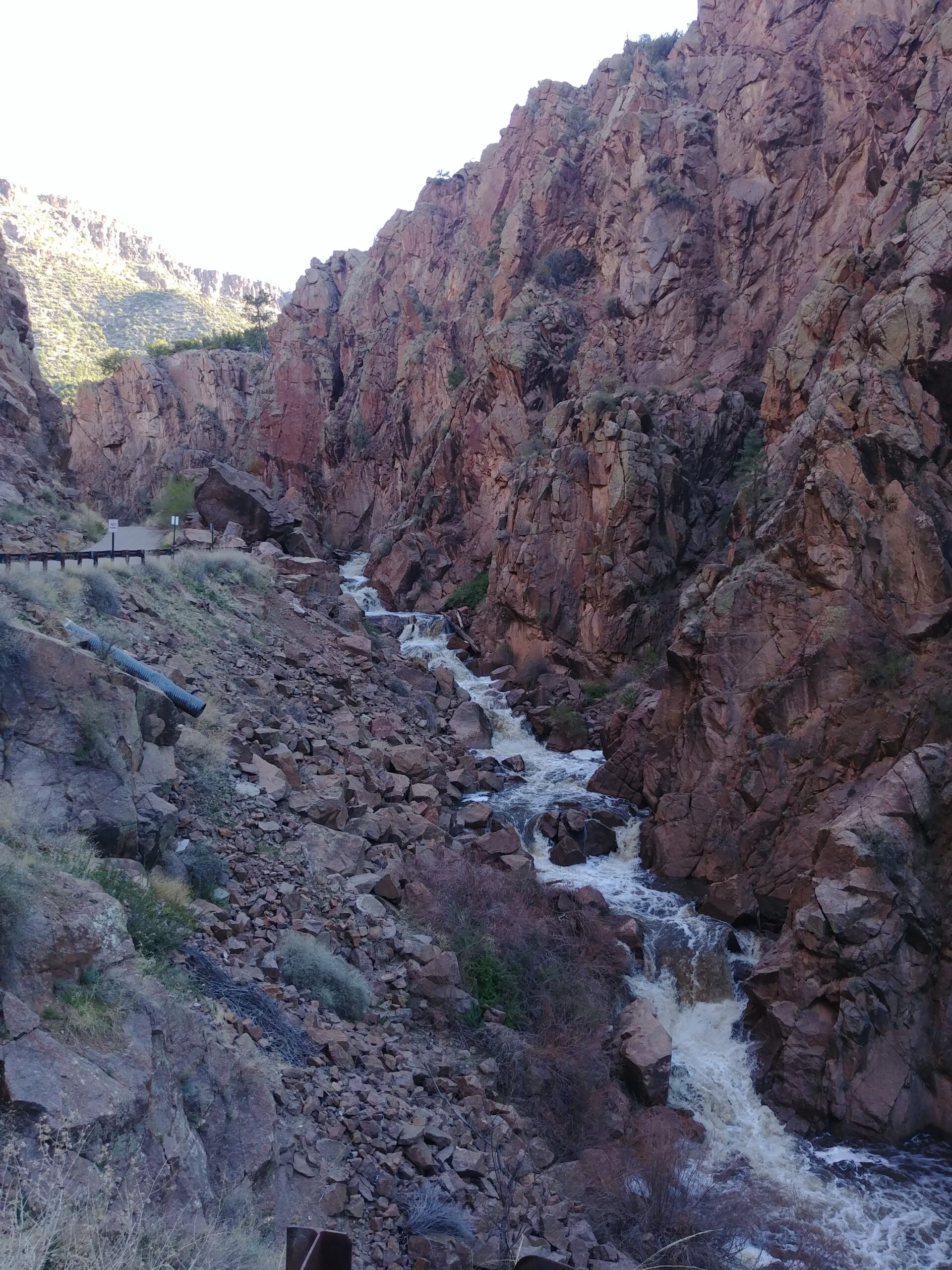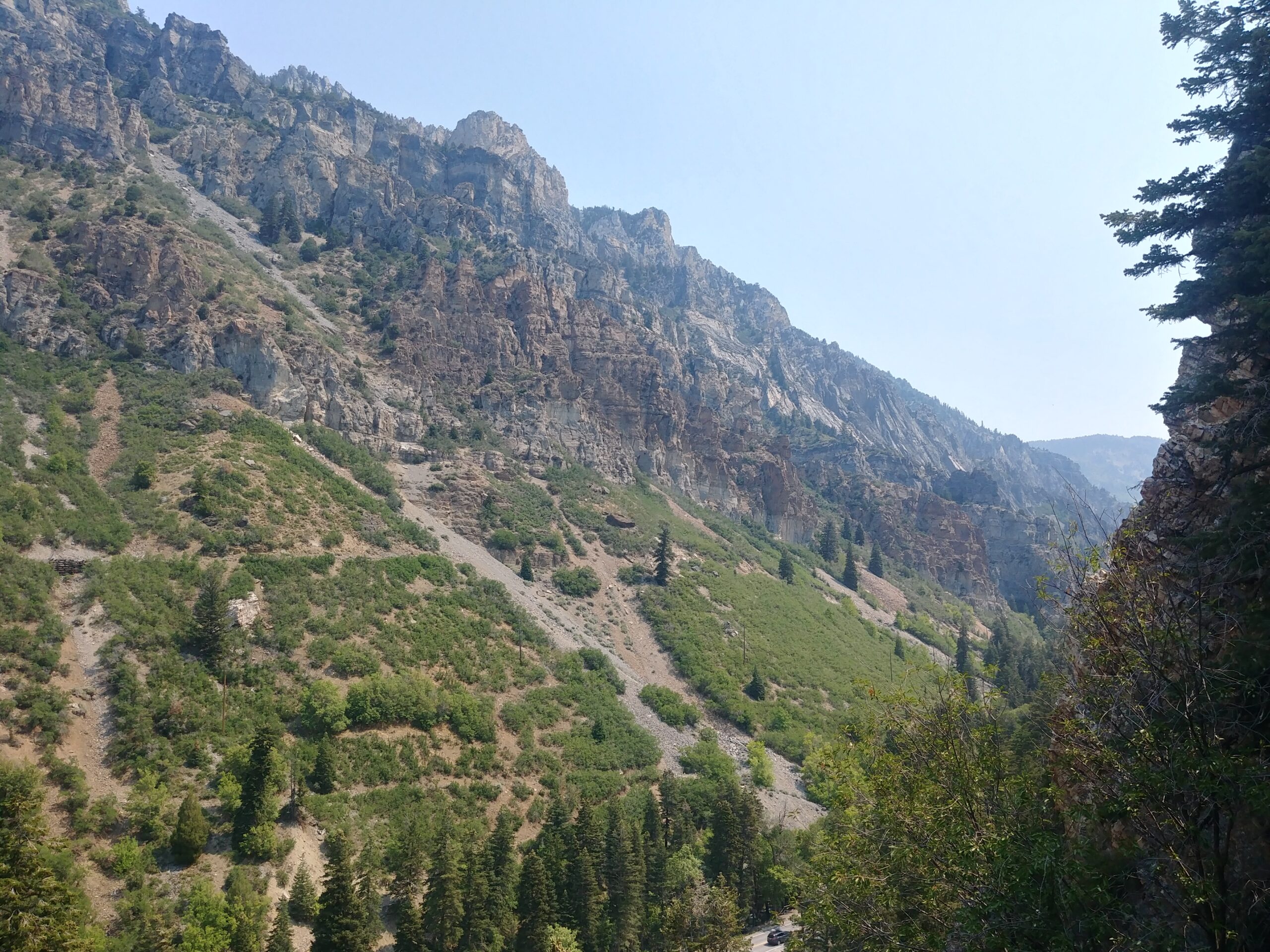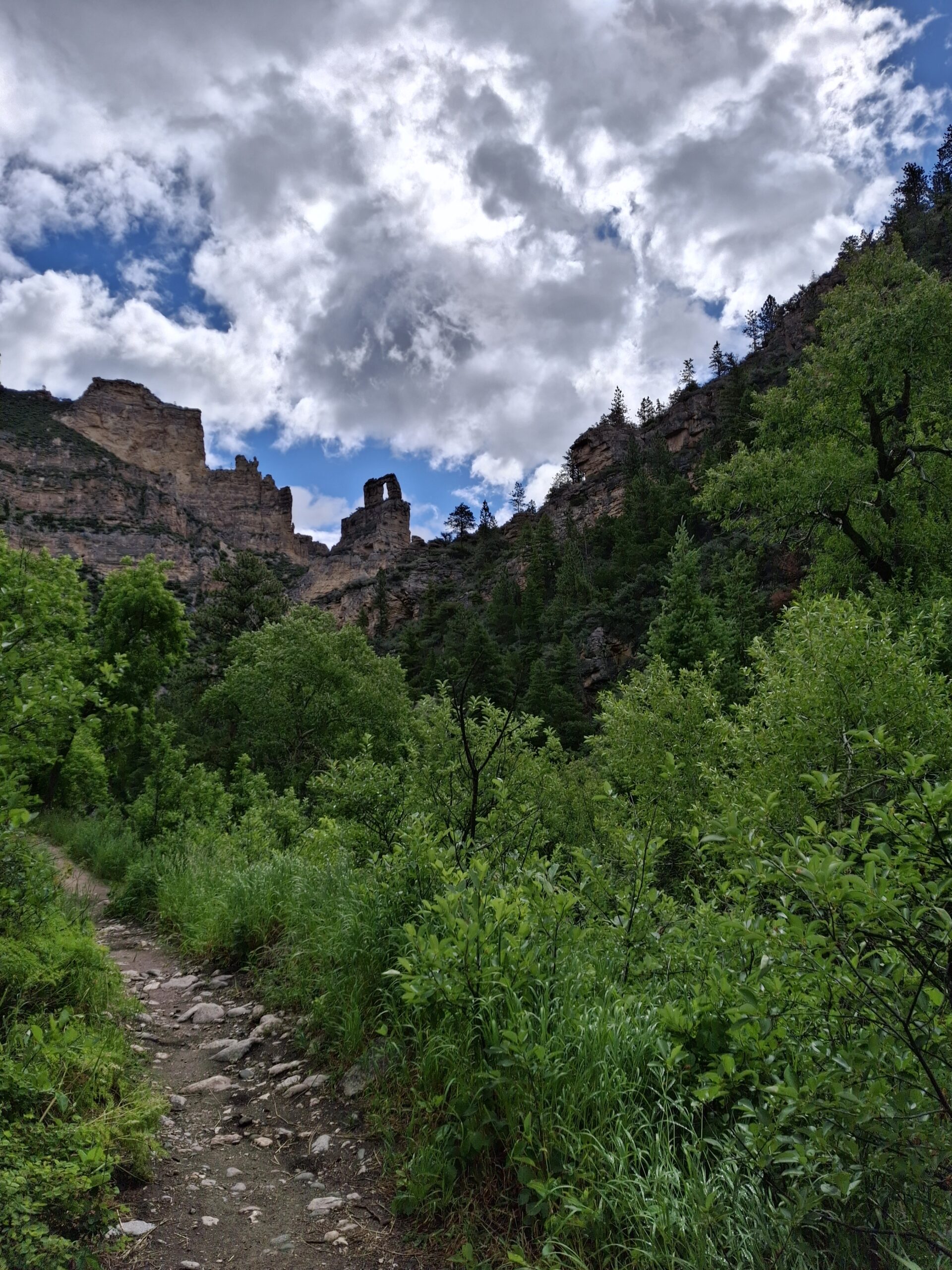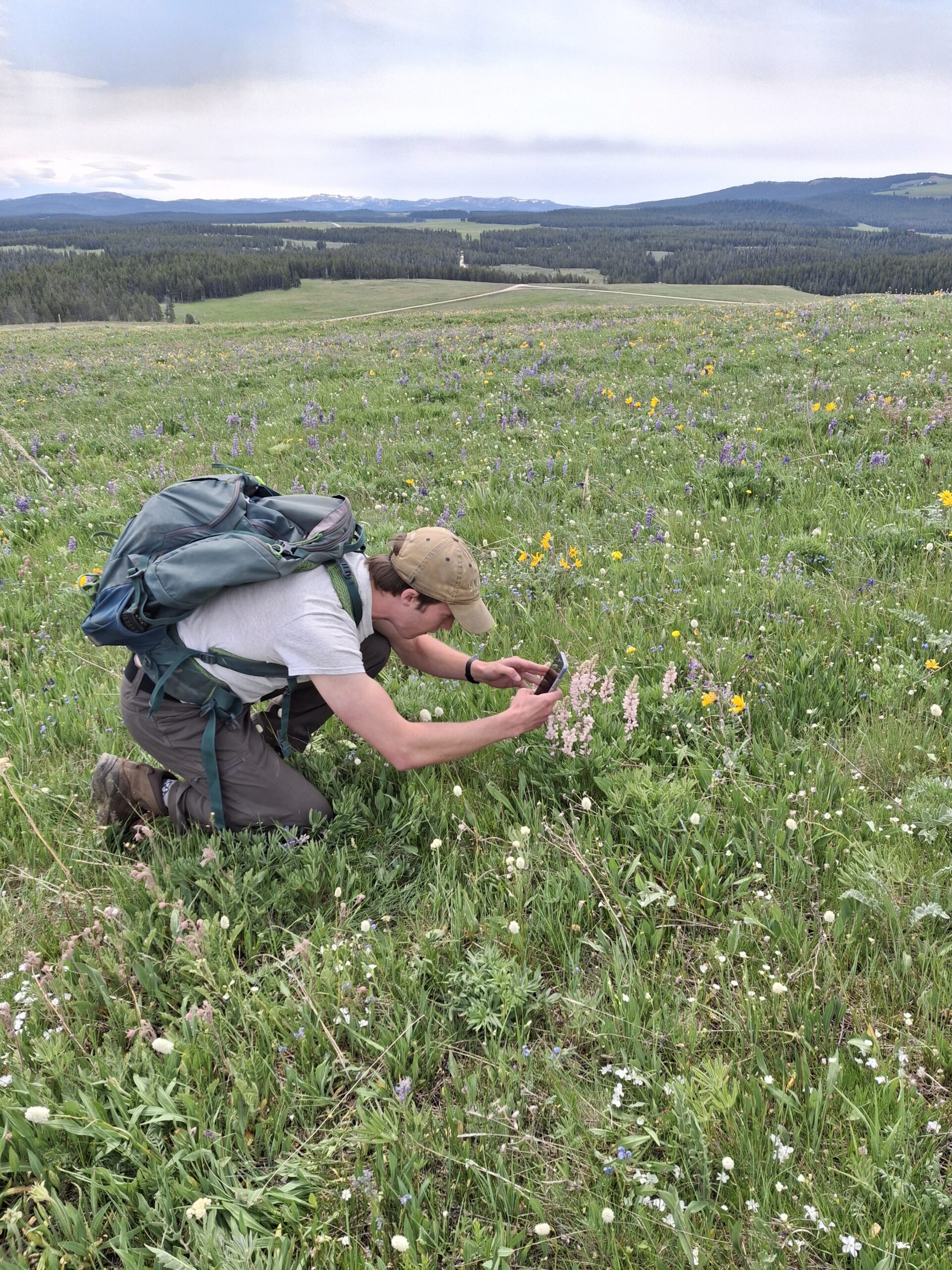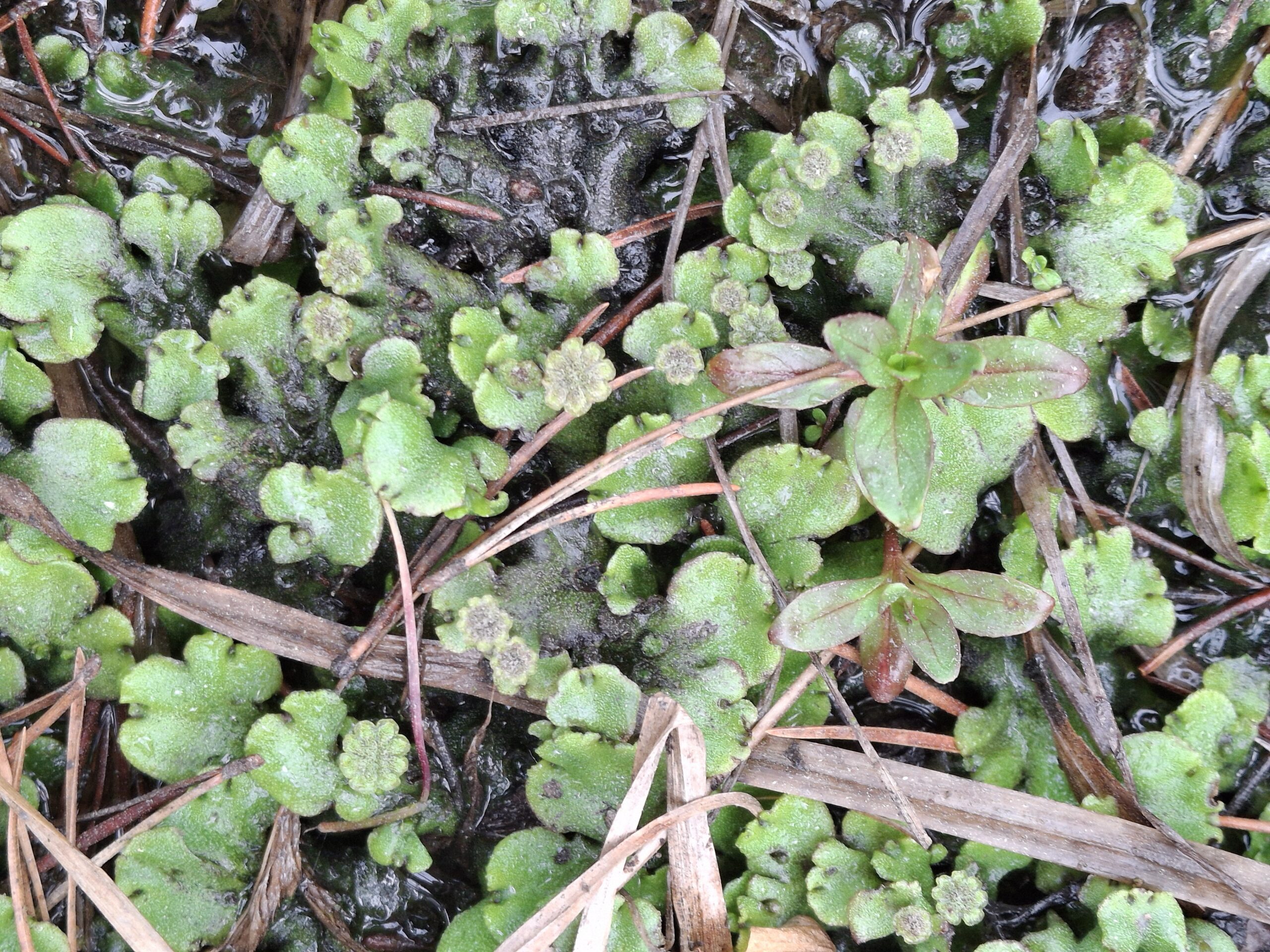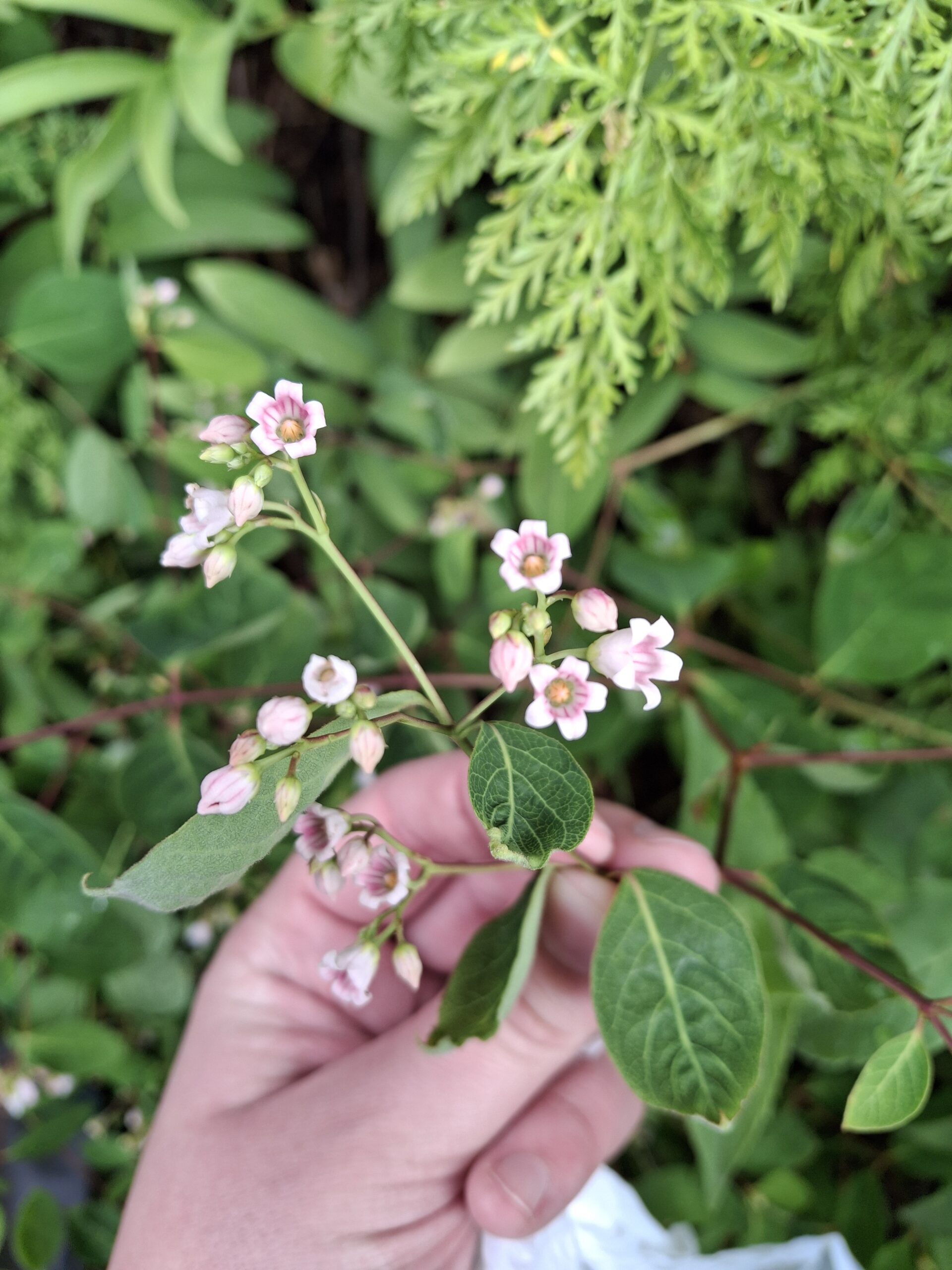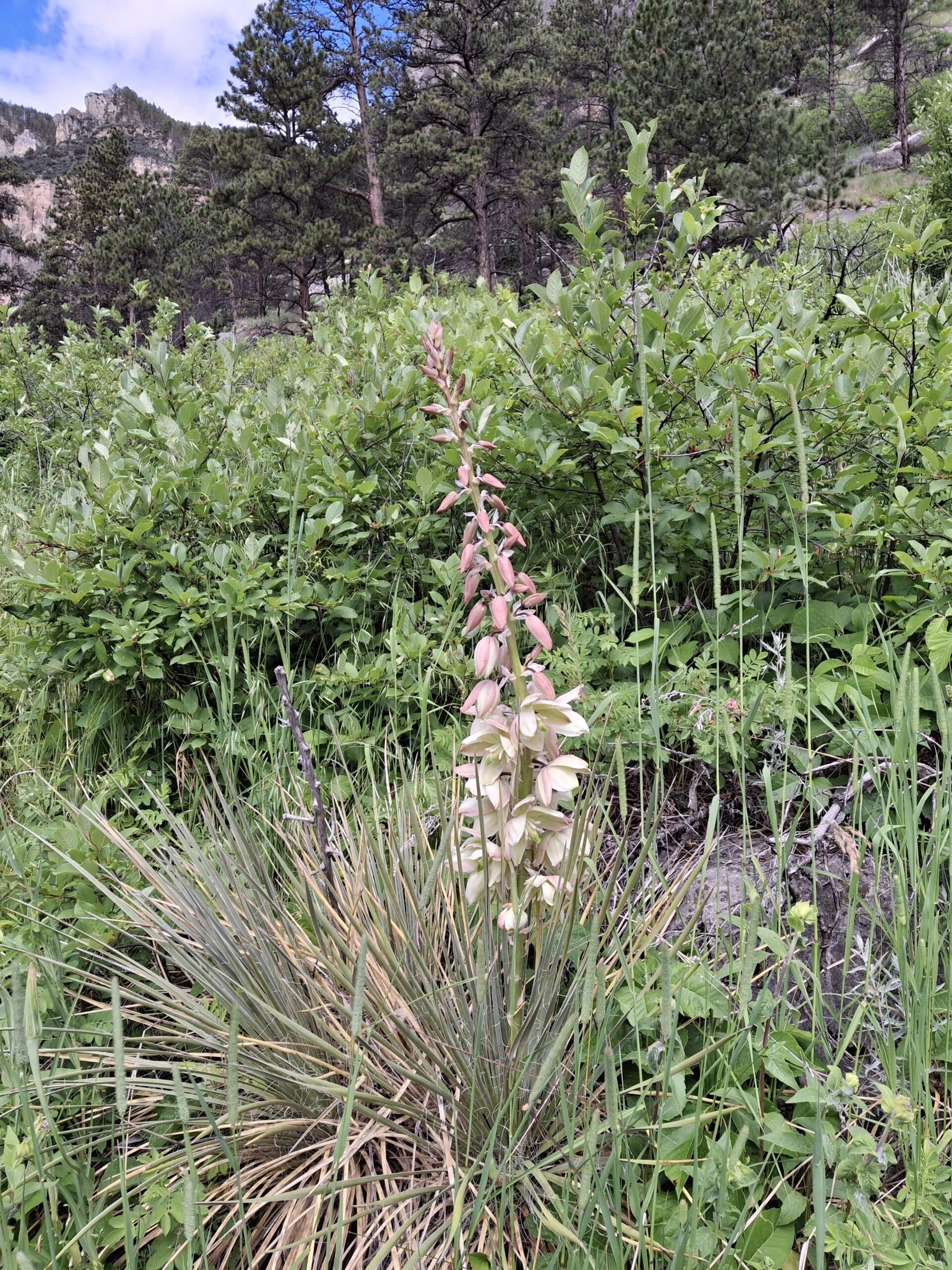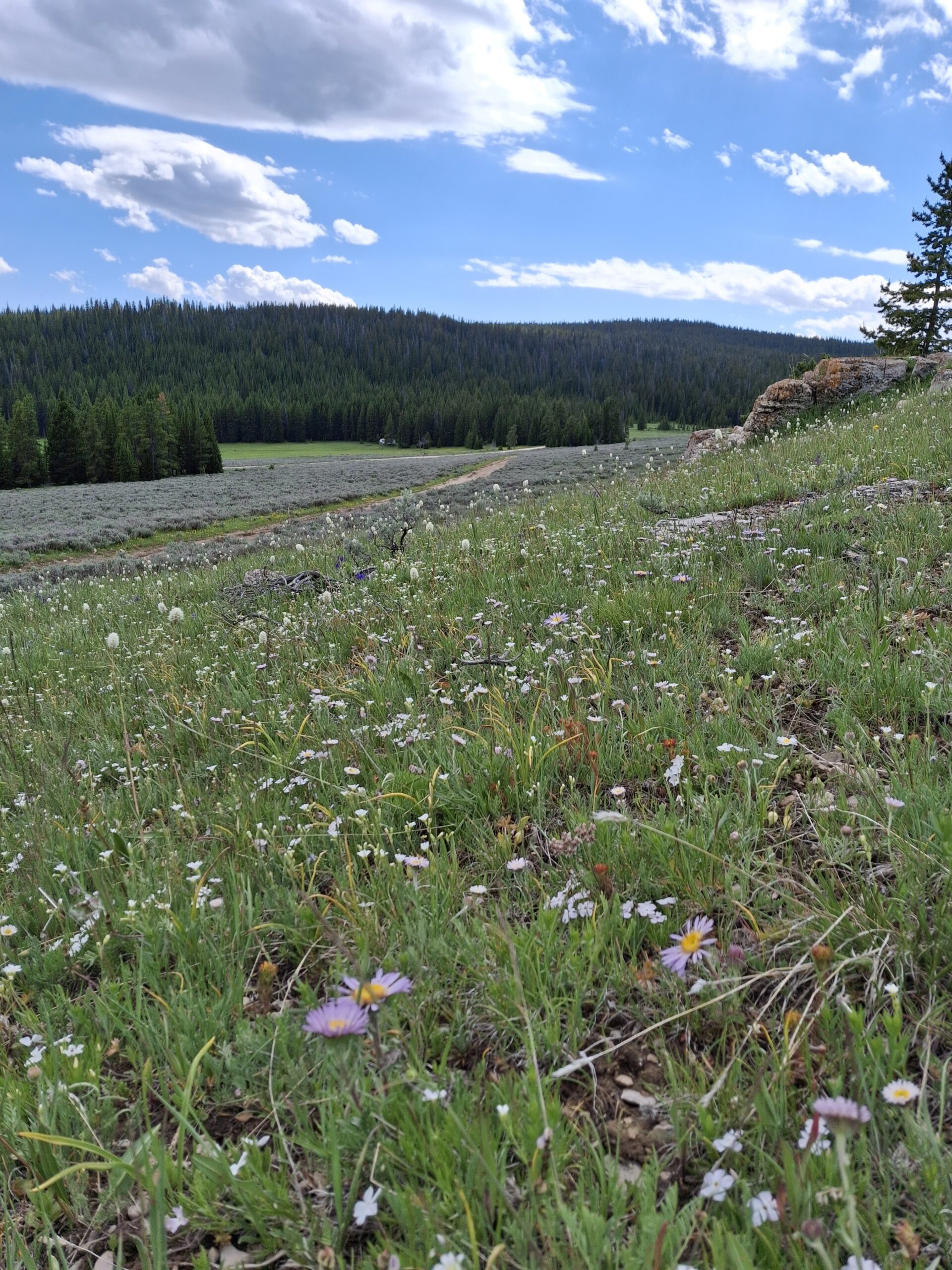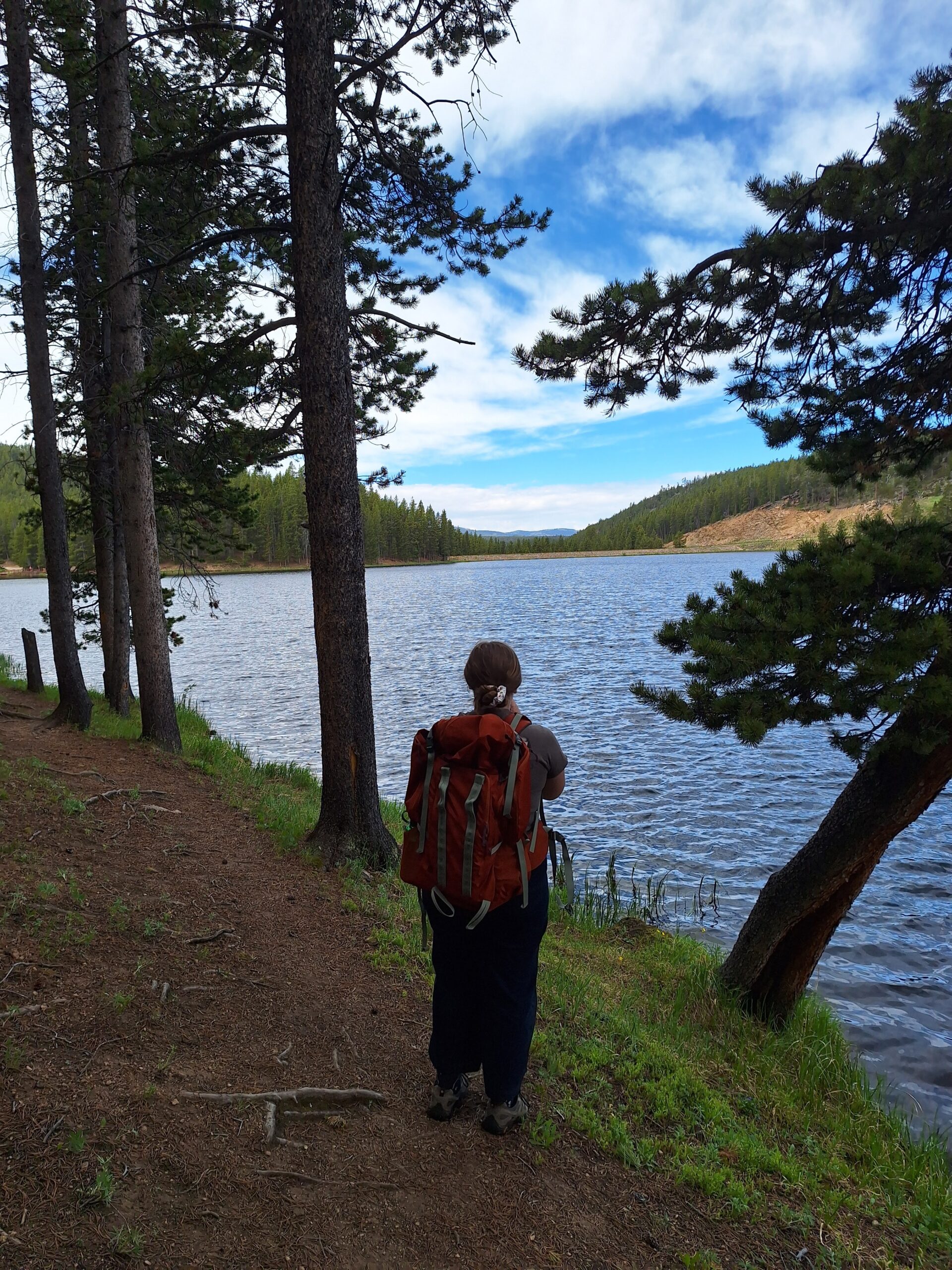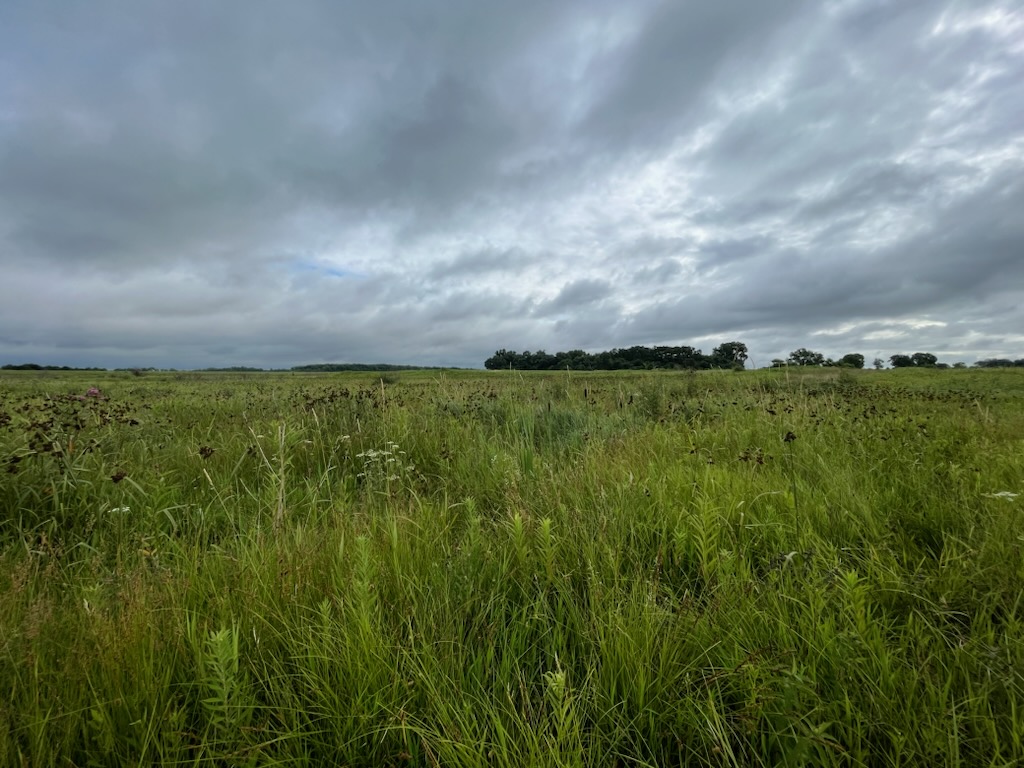
Oh, the prairie, what a thing to behold! Grass swaying in the breeze, bees buzzing, birds chirping, maybe a nearby summer storm rolling in over the horizon. What do you feel looking at this photo? Tranquility, serenity, a sense of times gone by? Unfortunately, this peaceful facade conceals something more sinister. The seldom spoken truth is that the prairie is a place of unimaginable danger. As someone from the Sonoran desert, I thought we had it bad with all the spiny plants and rattlesnakes but at least our threats make themselves obvious. Needless to say, I was not prepared for the inconspicuous terrors that awaited me at Midewin National Tallgrass Prairie.
TOP 3 PRAIRIE PERILS
#1) TICKS
Disgusting. Terrible. Evil. Awful. There are no good adjectives to describe ticks. I have yet to find a tick on my person, but I know that eventually my luck has to run out and I rue the day that it does. They take the #1 spot because I really do not want Lyme disease or Rocky Mountain spotted fever! It’s pretty straightforward, they’re just plain gross.
#2) WILD PARSNIP (Pastinaca sativa)
This could be a very cool plant if you don’t think about how annoying it is. If your skin brushes up against wild parsnip it causes a reaction called phytophotodermatitis, which means that the affected area will develop blisters and burns when exposed to sunlight. I unfortunately experienced this first-hand, but I have to admit that I was a little impressed.
#3) HEMLOCK
Midewin has 2 varieties of hemlock; the very same poison hemlock (Conium maculatum) that did Socrates in way back when, and water hemlock (Cicuta maculata). According to the USDA, “water hemlock is the most violently toxic plant that grows in North America.” However, it only comes in at #3 because you actually have to ingest it for it to kill you. The point is, you probably shouldn’t put any random Apiaceae in your mouth.
Of course I’m kidding! So far my time at Midewin has been fun and informative, it is so different from Arizona but I’m enjoying the experience of being somewhere entirely new. Here are some things I’ve especially appreciated.
TOP 3 PLEASANT PRAIRIE THINGS
#1) FALL-OFF-THE-BONE SEDGES
You know that Carex are ready for seed collection when you can run the inflorescence through your fingers and the perigynia fall out like tender barbecue falls off the bone. It is so satisfying but maybe less tasty than actual barbecue.
#2) – COOL SEEDS
Wild Hyacinth (Camassia scilloides) seeds are small, shiny, black spheres that glisten like a beetle’s shell would. The seeds rattle cheerfully in the dry inflorescence so if someone wanted a makeshift maraca they might try visiting Midewin in June.
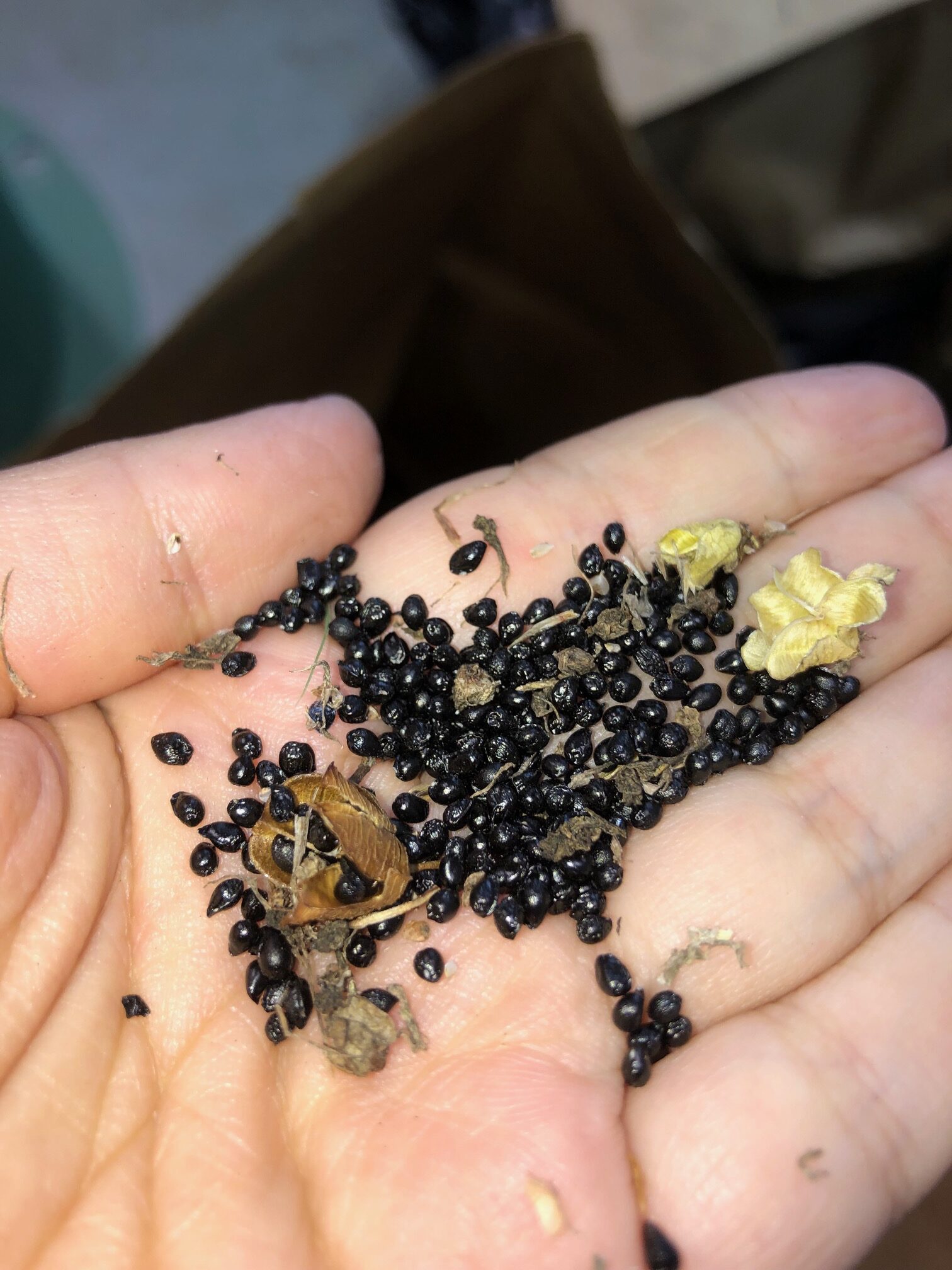
#3) – KILLDEER (Charadrius vociferus)
They’re funny! So far I haven’t been able to get close enough for a good photo or video but I will keep trying.
To close things out I’m including a relevant poem, this might be how I conclude every blog post but I haven’t quite decided. Check back next month to see if I keep this up, I guess! I hope all the interns elsewhere are having a good time.
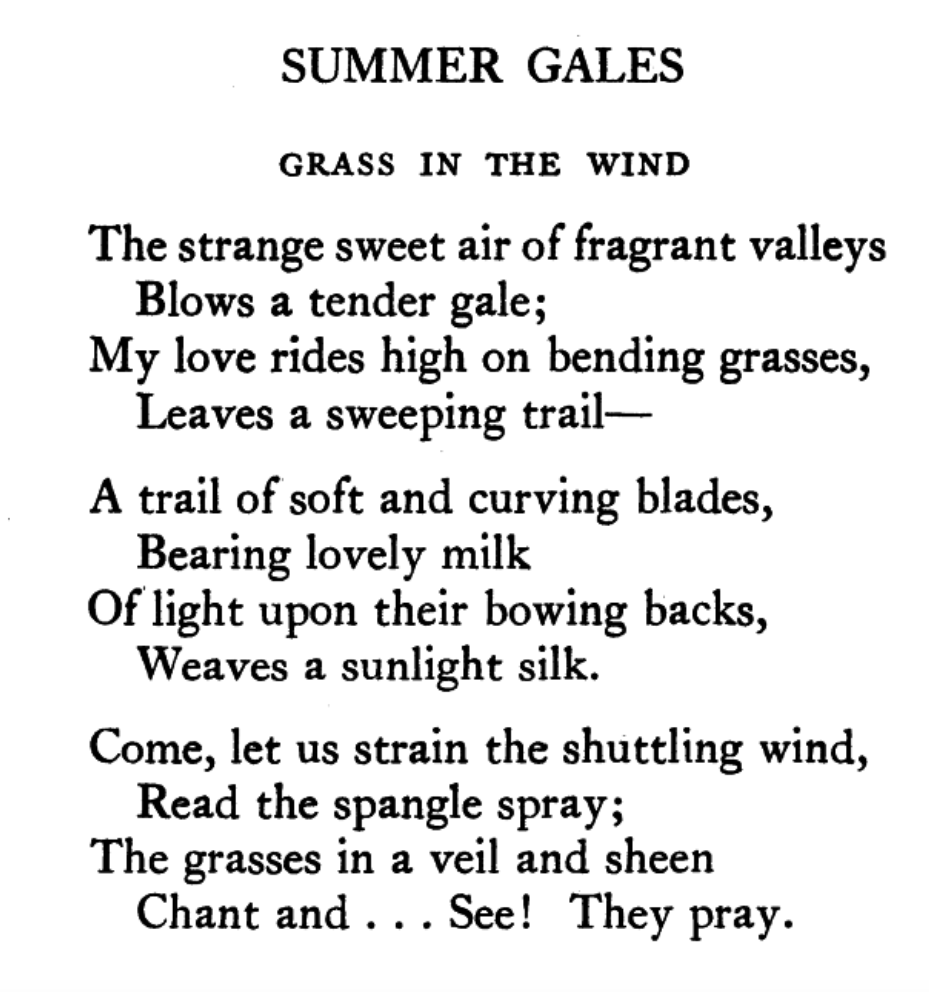
Reinstein, H. (1932). Grass in the Wind. Poetry, 40(6), 312–312. http://www.jstor.org/stable/20578676

